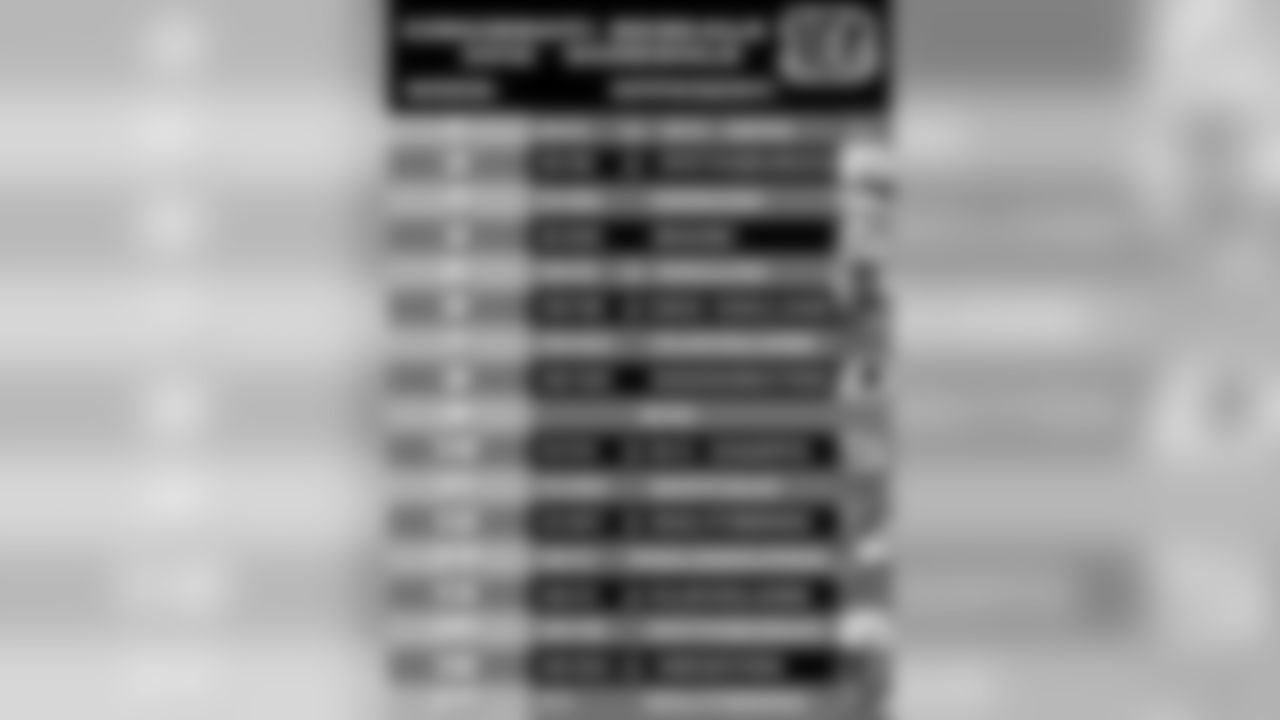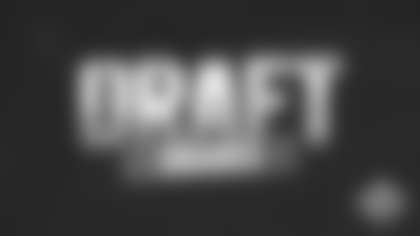Center Russell Bodine is one of three players the Bengals have drafted after trading up.
Texting while drafting isn't a violation of the NFL's personal conduct policy, so it has become an effective element in war rooms across the league as teams look to pull off trades when the draft begins a week from Thursday night with the first round, continues with the second and third rounds Friday night and ends Saturday with the final four rounds.
Throwback to the Bengals' Draft Class of 2010
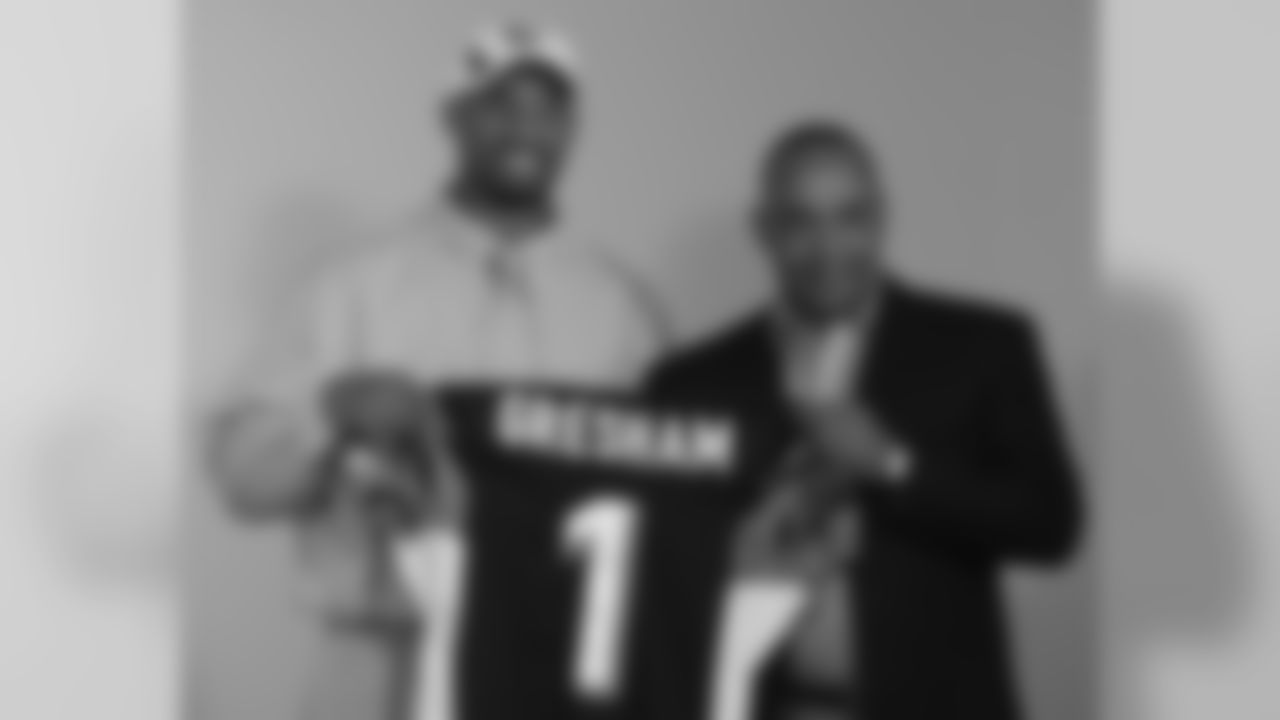
Jermaine Gresham, TE, Oklahoma (Round 1, 21st overall)
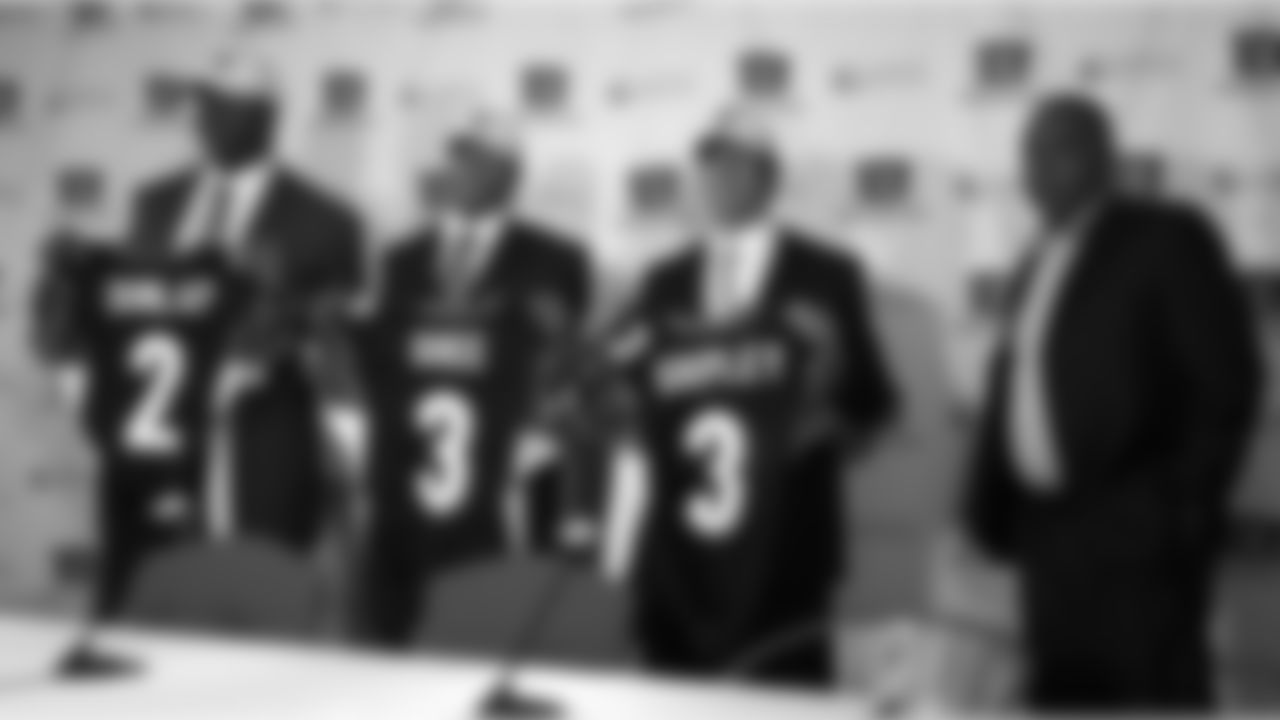
Carlos Dunlap, DE, Florida (Round 2, 54th overall) Jordan Shipley, WR, Texas (Round 3, 84th overall) Brandon Ghee, CB, Wake Forest (Round 3, 96th overall)
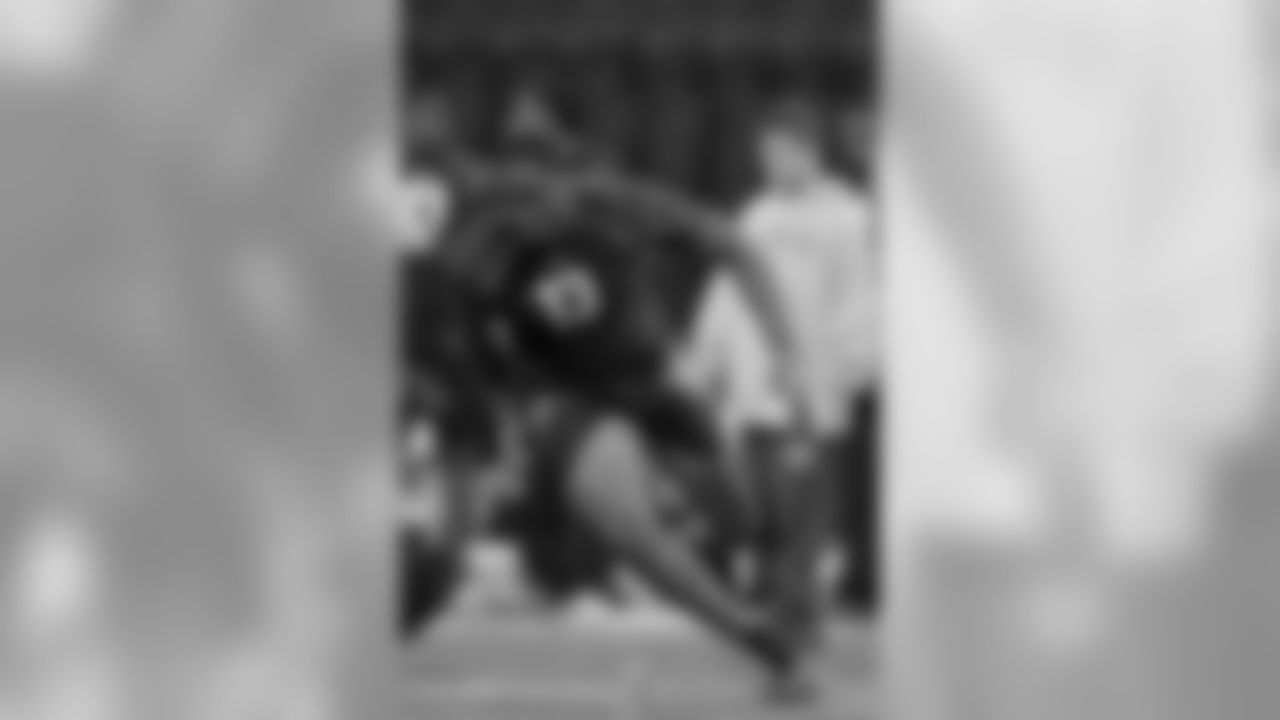
Carlos Dunlap, DE, Florida (Round 2, 54th overall)
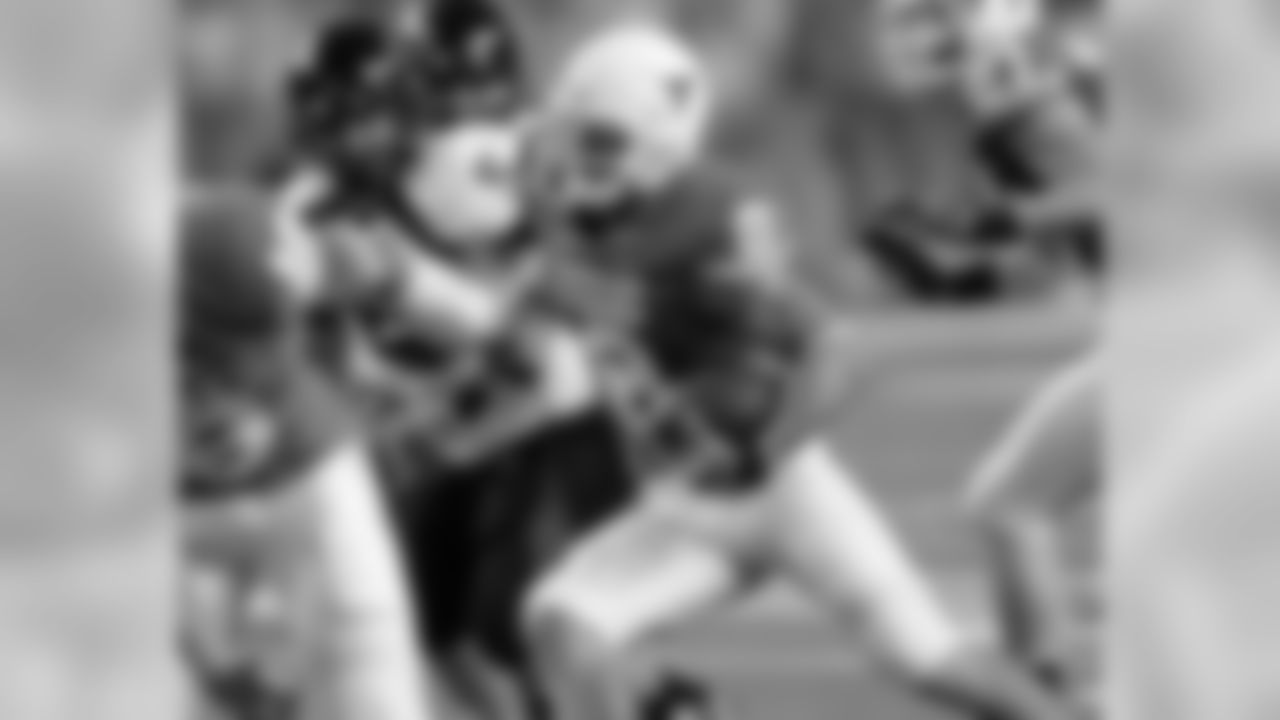
Jordan Shipley, WR, Texas (Round 3, 84th overall)
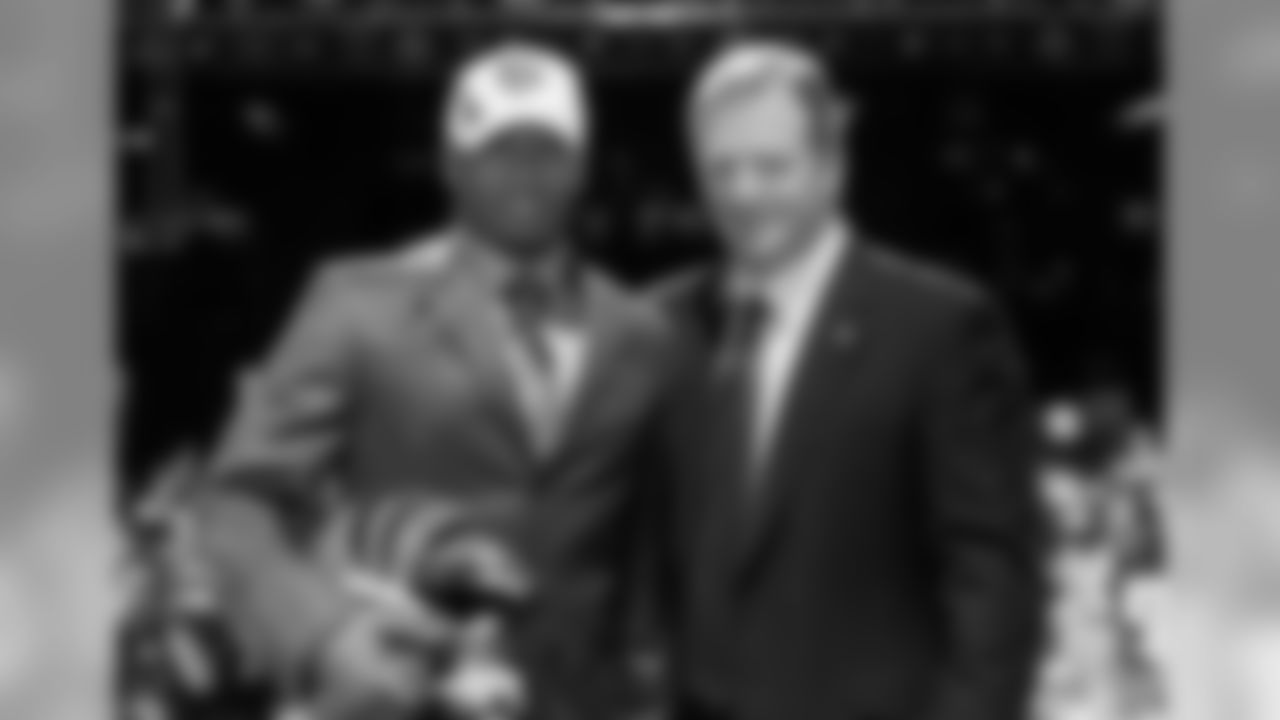
Brandon Ghee, CB, Wake Forest (Round 3, 96th overall)
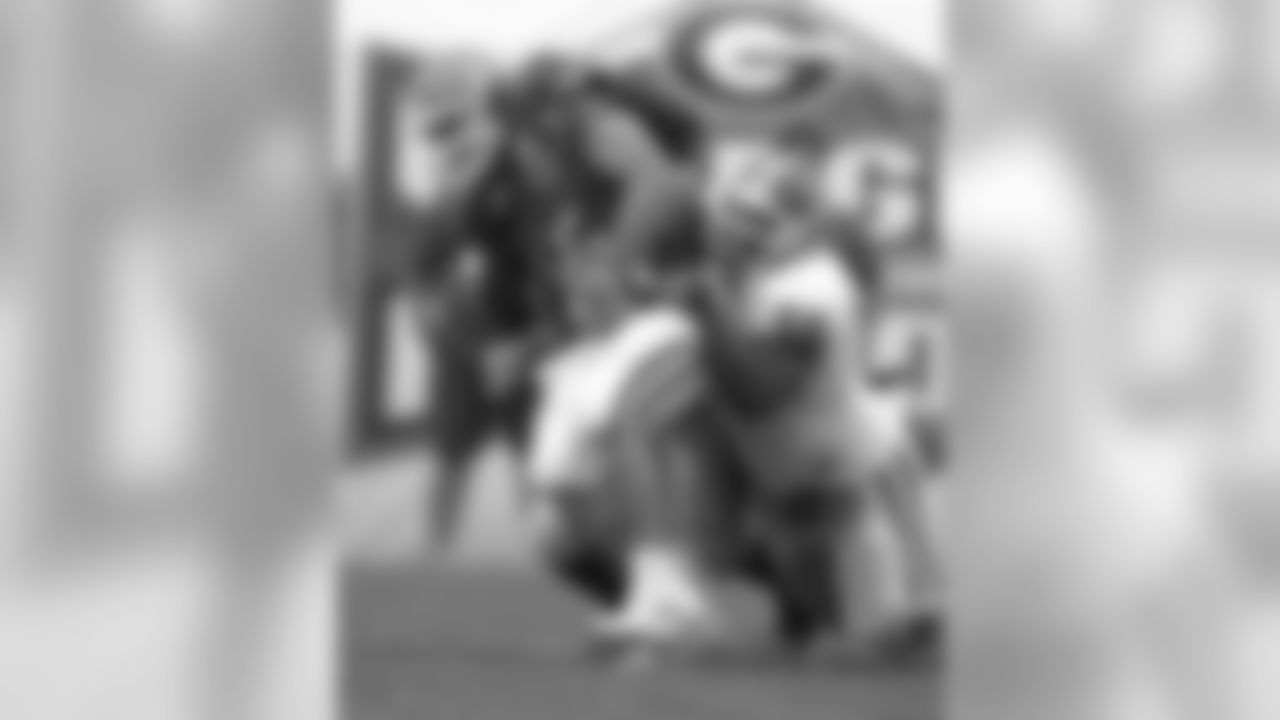
Geno Atkins, DT, Georgia (Round 5, 120th overall)

Roddrick Muckelroy, LB, Texas (Round 4, 131st overall)
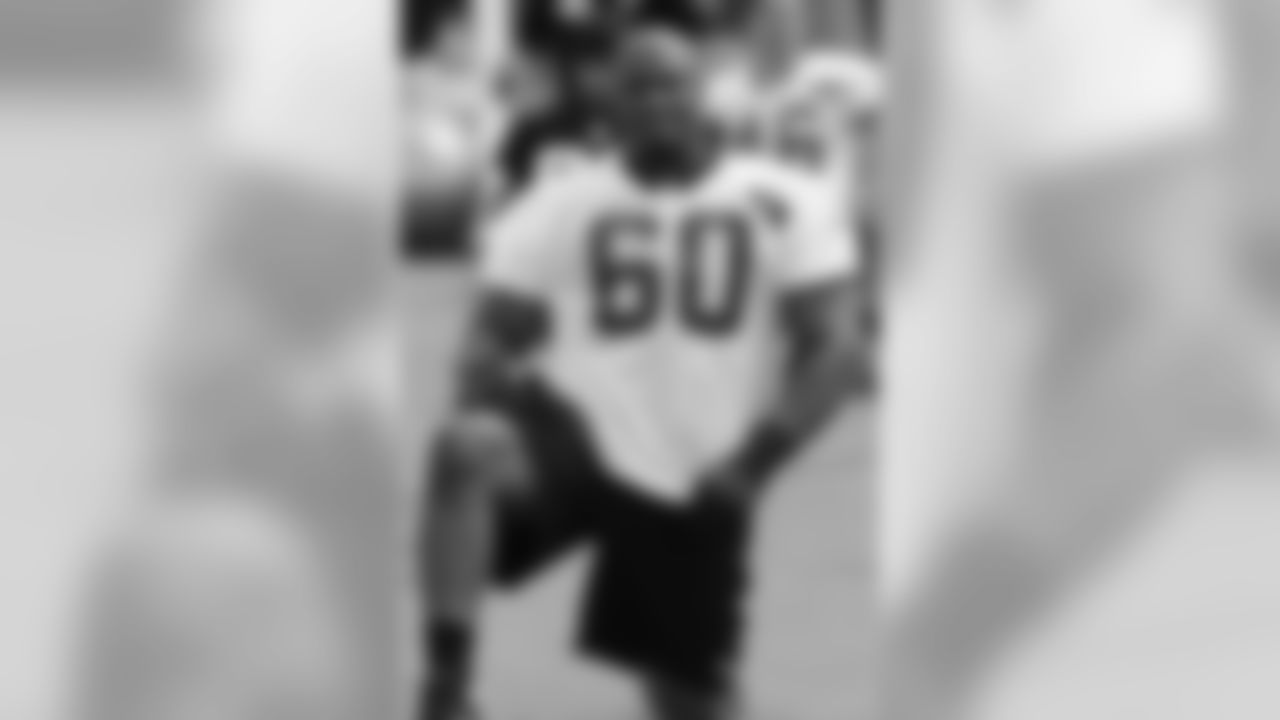
Otis Hudson, OL, Eastern Illinois (Round 5, 152nd overall)

Dezmon Briscoe, WR, Kansas (Round 6, 191st overall)
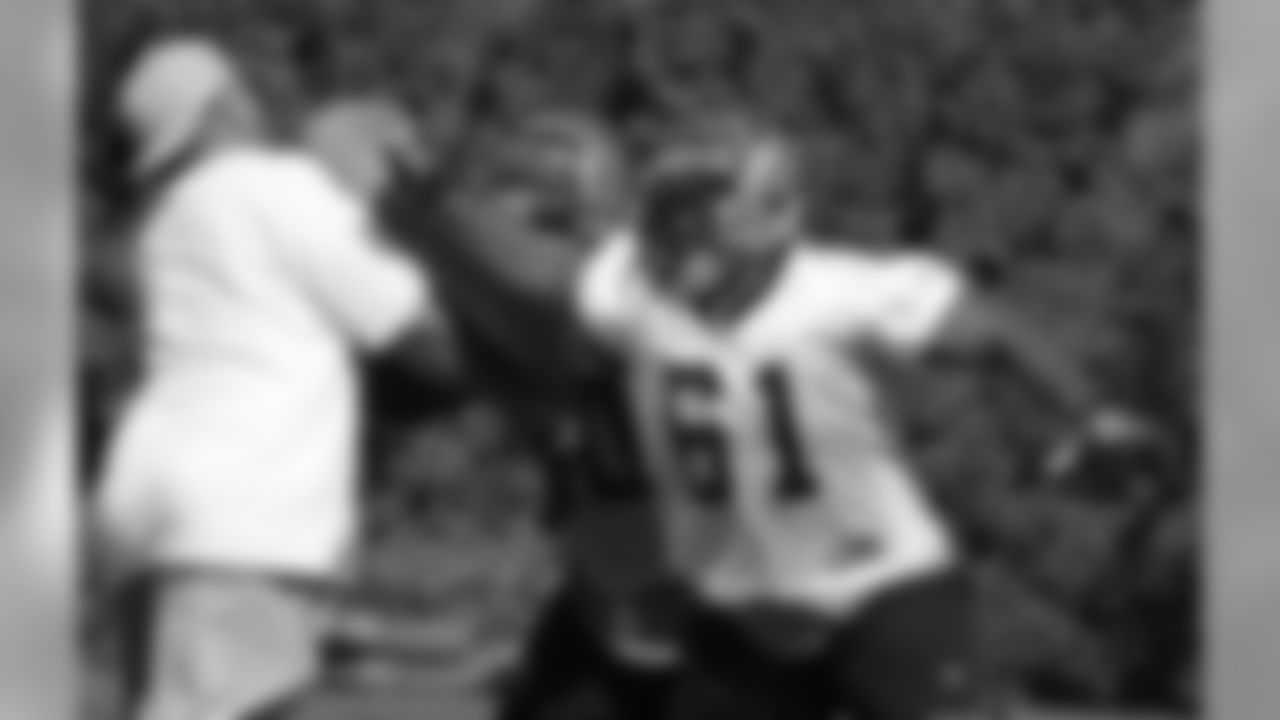
Reggie Stephens, OL, Iowa State (Round 7, 228th overall)
The Bengals and everyone else have found that it's a rapid-fire way of determining if there is any interest in jockeying positions while speeding up a process that can be slowed even in this day and age by individual dialing.
In one fell sweep, five or six teams that hold the slots of the universe of players the Bengals seek can be instantly felt out on a possible deal. But what doesn't change with the technology is the nature of a very difficult game.
It's going to be tougher this year because for the first time in 11 years they go into a draft without extra picks. The last time they drafted a player for each round was 2005 and the last time they chose just seven players was 2007, when they had two seventh-rounders but used their third-rounder in the supplemental draft on Virginia linebacker Ahmad Brooks.
"Most of the time with trades," says Bengals director of player personnel Duke Tobin, "you get more nos than yesses. It's not any easier to trade up or down. One team has to come up and one team has to come down. Nobody trades sideways."
But a draft day trade did go sideways for the Bengals last season. For the second straight year after they set their draft board Friday night following the third round, they coveted a player they didn't think they could get if they waited to pick 21st in the fourth round Saturday morning. Preparing to make a move up, Tobin readied to make the 50 or so calls he figured he made to secure Russell Bodine the year before.
So with Tobin as the point man he worked his cell phone and moments after striking a deal to leap from No. 120 to grab USC cornerback Josh Shaw, the other club backed out just before each team called what amounts to the NFL's trade hotline. The Bengals were left trying to find another partner but they were dancing solo. Texting made it easier as they fought the clock, but that didn't change the answers. The Nos stacked up until it wasn't worth it to make a move. But they still got their man Shaw at No. 120.
It just shows you how tough it is to swing a deal in real time, particularly on the last day when there are five minutes between each pick. It takes two to tango and there are times the trade value chart doesn't compute.
"It comes down to what you value and what the other team values," Tobin says. "Not the chart."
Plus, there are teams that just flat out go on fishing expeditions, a practice Tobin detests. He has passed the word in the Bengals draft room. If there is any question that the Bengals might not do the deal, he won't make the call in order not to burn any bridges.
Tobin has already submitted a list to the league that contains the phone numbers of direct lines of people in the draft room that will be involved in trades, starting with himself, Bengals president Mike Brown, Bengals head coach Marvin Lewis, and some scouts. Those numbers are bolded, but also on the list are the direct numbers of people such as vice presidents Katie and Troy Blackburn who are involved in the process.
"There are teams that have one name to talk to about trades and there are teams like us that have a group," Tobin says.
With a week to go, every team has already received the packet with each team's list of numbers. Although Tobin is shepherding the room through the phone calls, it remains a group discussion and decision.

Defensive tackle Brandon Thompson (98) arrived via an extra pick in 2012.
Just like in 2014 at the end of the third round on Friday night. The Bengals were looking for a center and they were surprised that three were already taken. As they looked at the board Saturday morning before the fourth round, the one guy left they wanted, North Carolina's Bodine, looked like he'd be gone before the Bengals could get him with the 23rd pick of the day at No. 123 and the draft suddenly thin on centers.
Before this, the Bengals had only traded up twice in their history and never under Lewis. But that's not because they haven't tried. For instance, in 2010 they went on a mission to see if they could get up into the second round to snag USC safety Taylor Mays. But they couldn't agree on compensation with a couple of clubs. (What is it about USC DBs?)
As Tobin says, value is in the eye of the beholder and the Bengals were really valuing Bodine because of his style of play that fits the AFC North. An obvious target is teams with multiple picks in the round you're trying to maneuver, so the Bengals eyed Seattle's picks at 108 and 111.
Throwback gallery of the Bengals 2008 and 2009 draft Class.

Keith Rivers, LB, South Carolina (Round 1, 9th overall)

Jerome Simpson, WR, Coastal Carolina (Round 2, 46th overall)
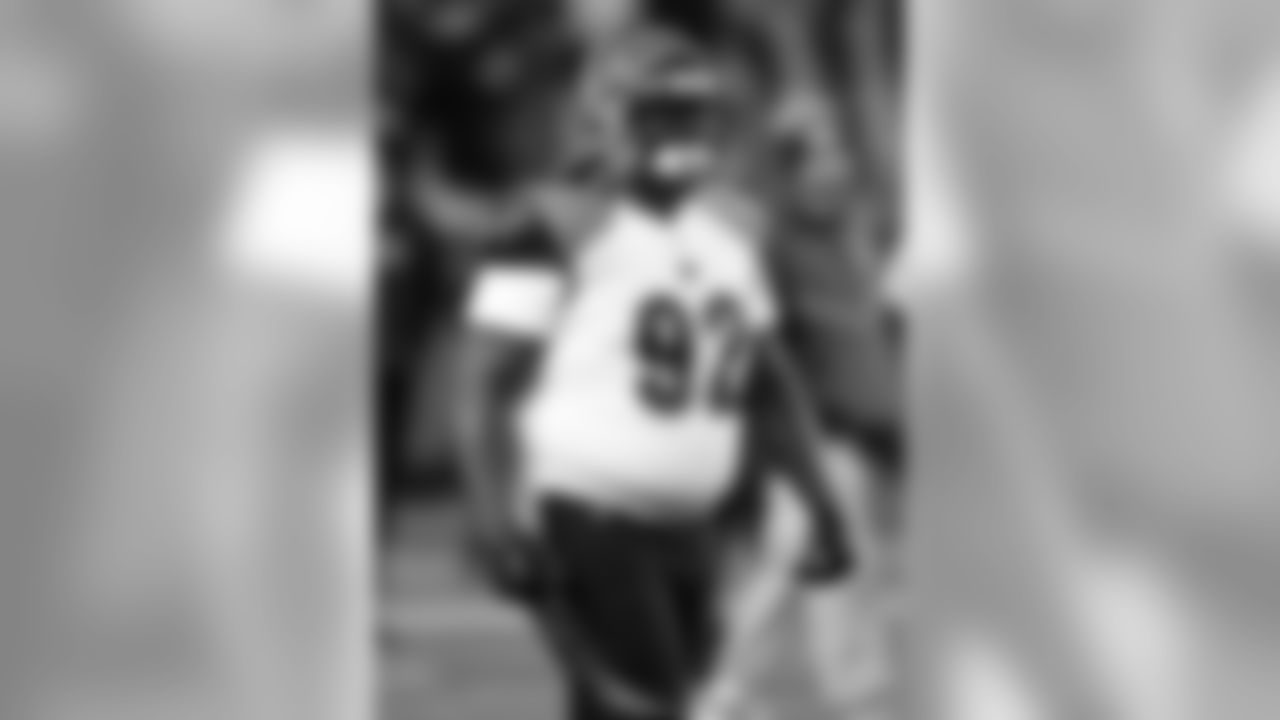
Pat Sims, DT, Auburn (Round 3, 77th overall)
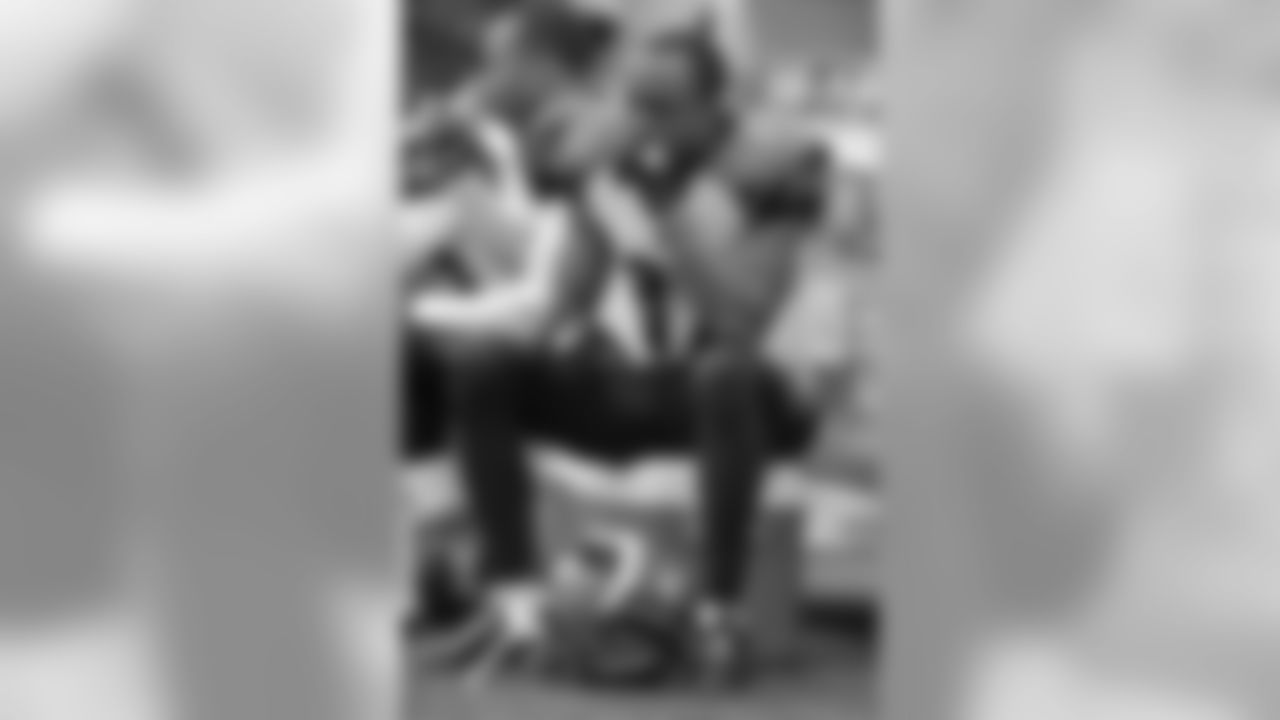
Andre Caldwell, WR, Florida (Round 3, 97th overall)

Anthony Collins, OT, Kansas (Round 4, 112th overall)
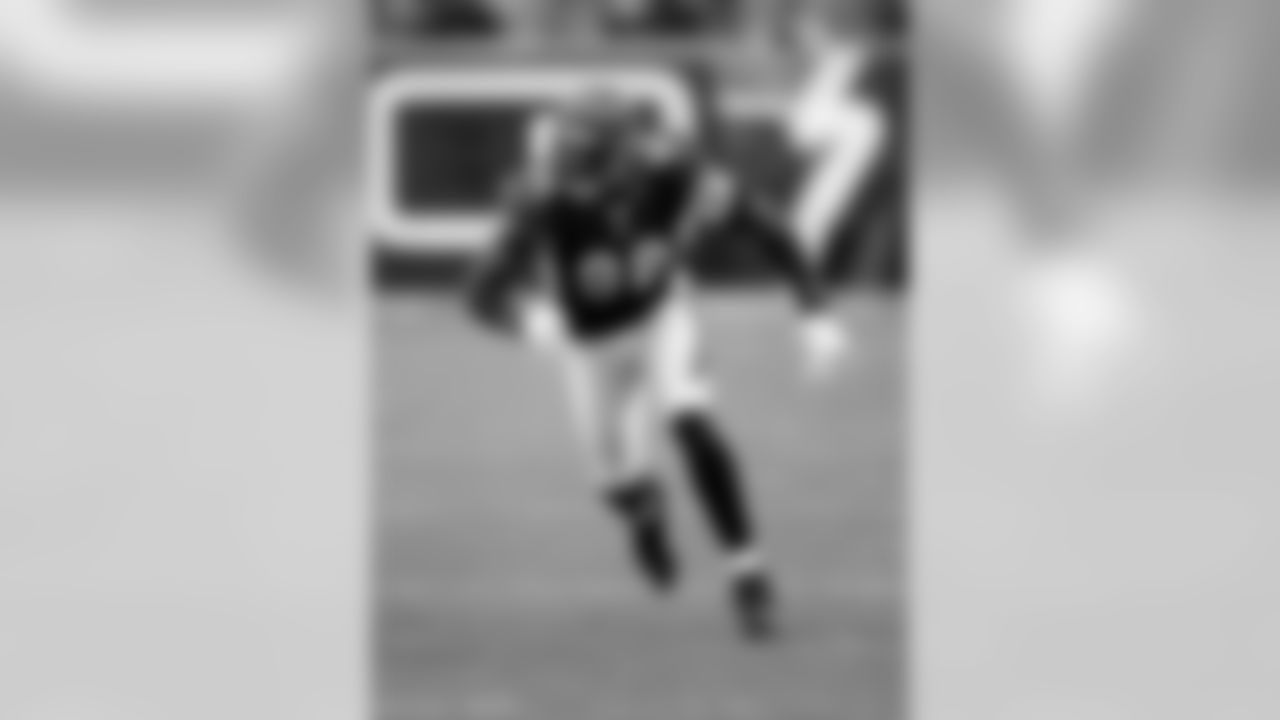
Jason Shirley, DT, Fresno State (Round 5, 145th)
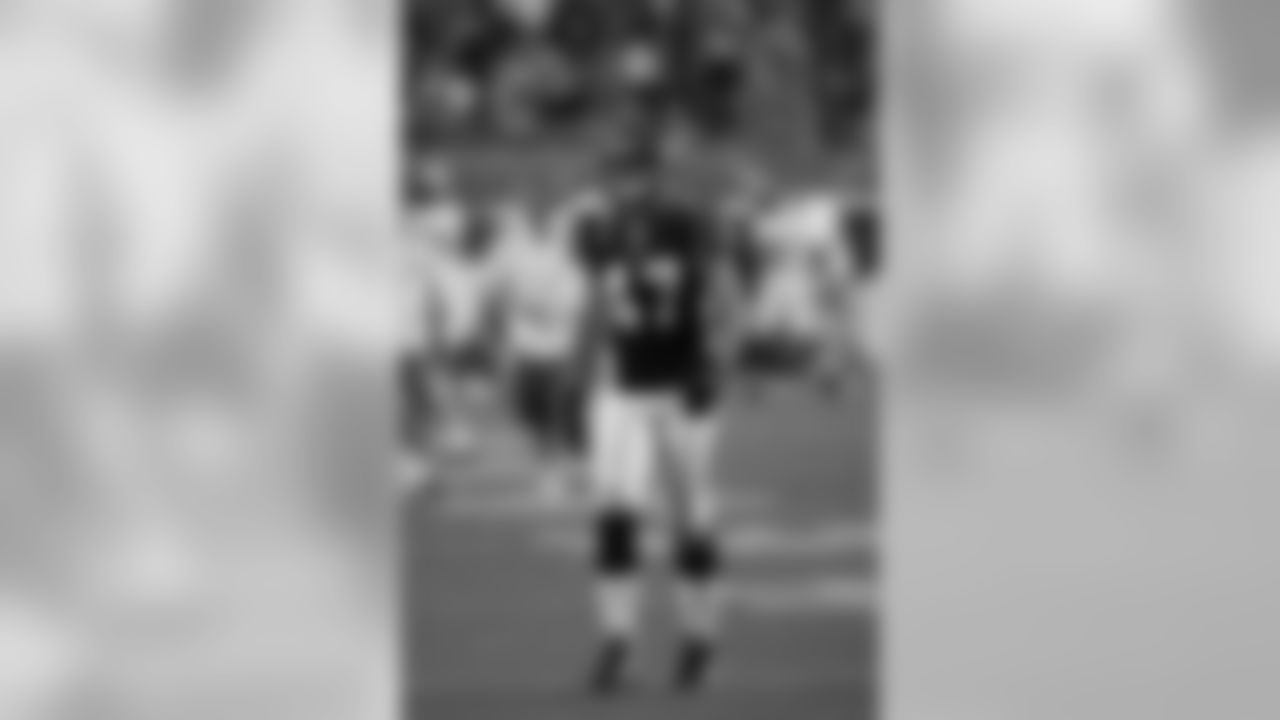
Corey Lynch, S, Appalachian State (Round 6, 177th overall)
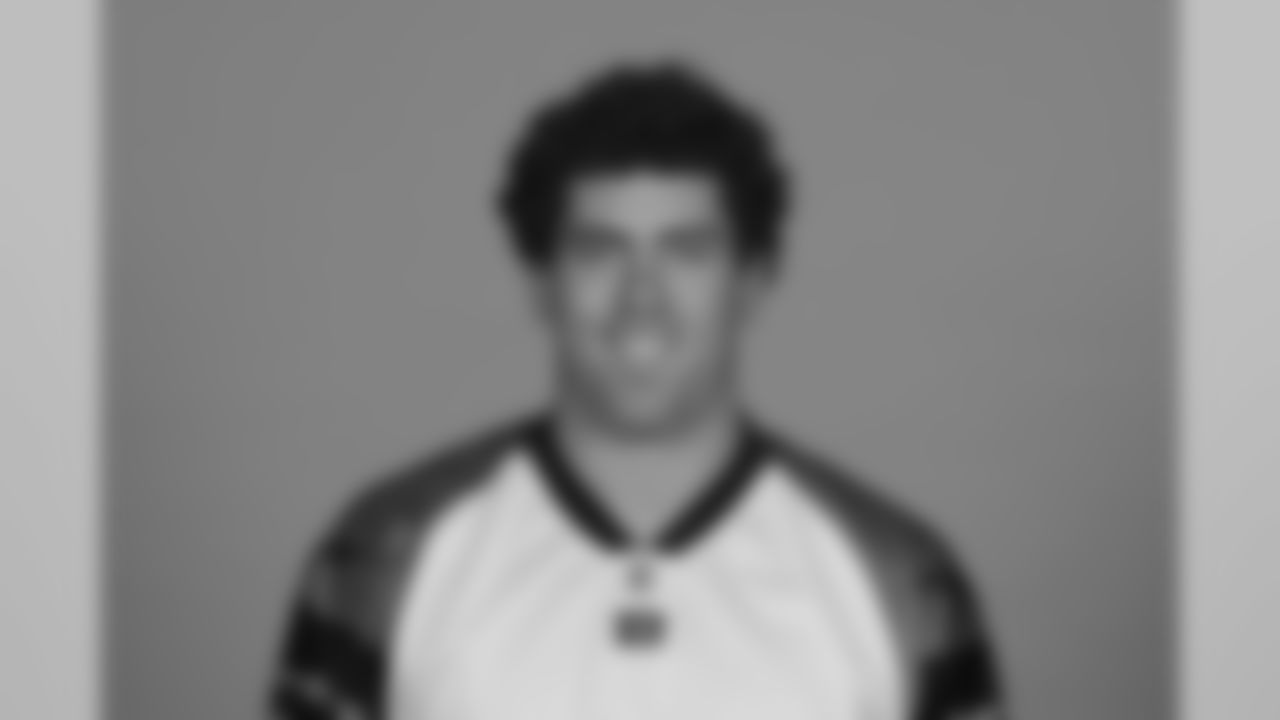
Matt Sherry, TE, Villanova (Round 6, 207th overall)
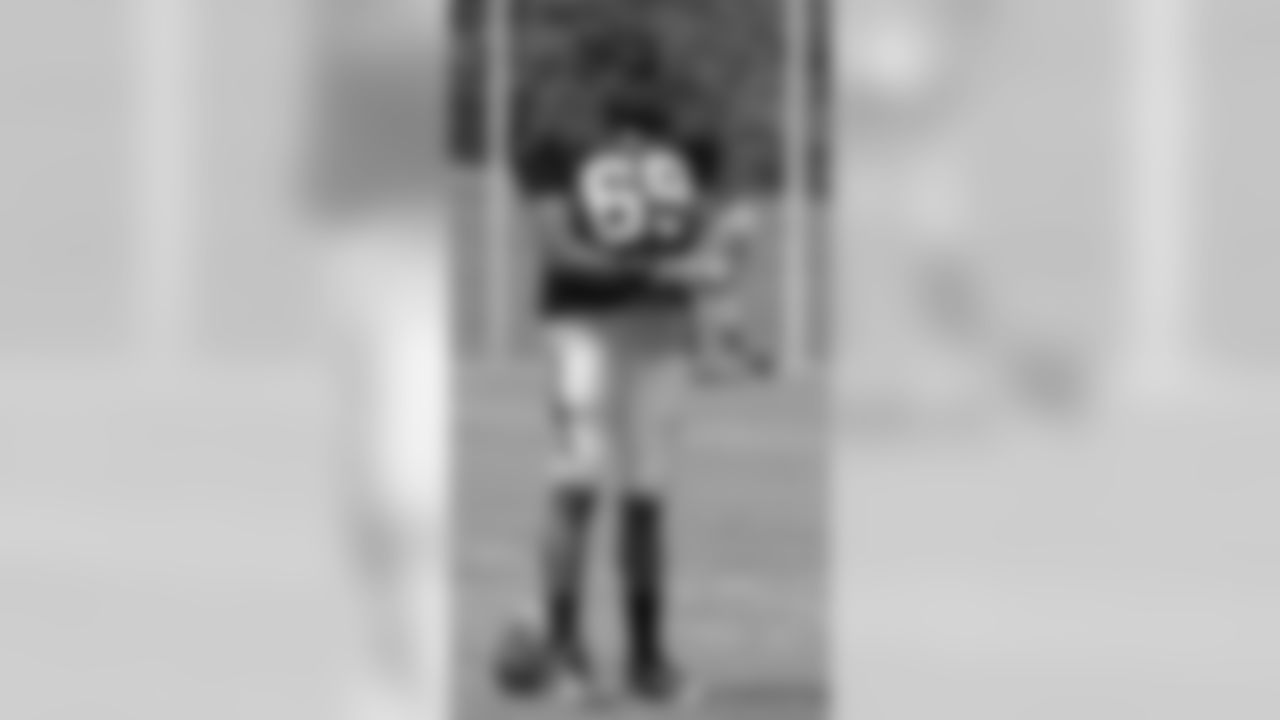
Angleo Craig, DE, Cincinnati (Round 7, 244th overall)
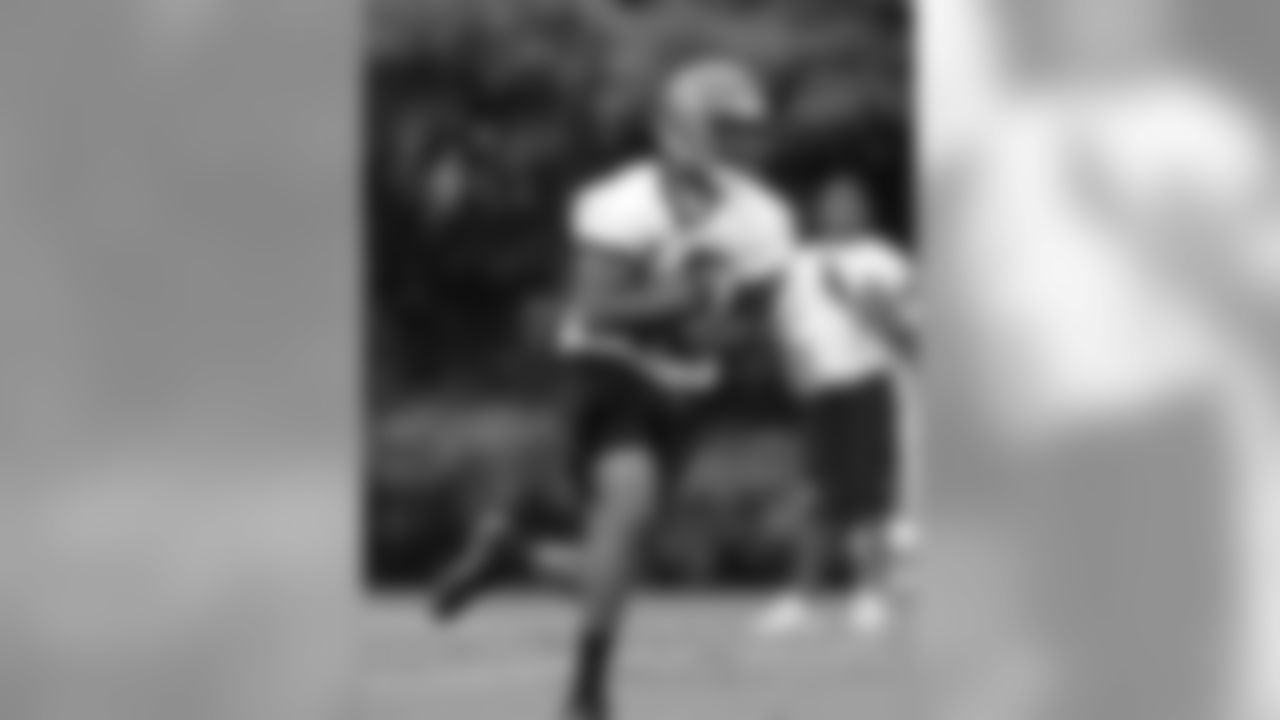
Mario Urrutia, WR, Louisville (Round 7, 246 overall)
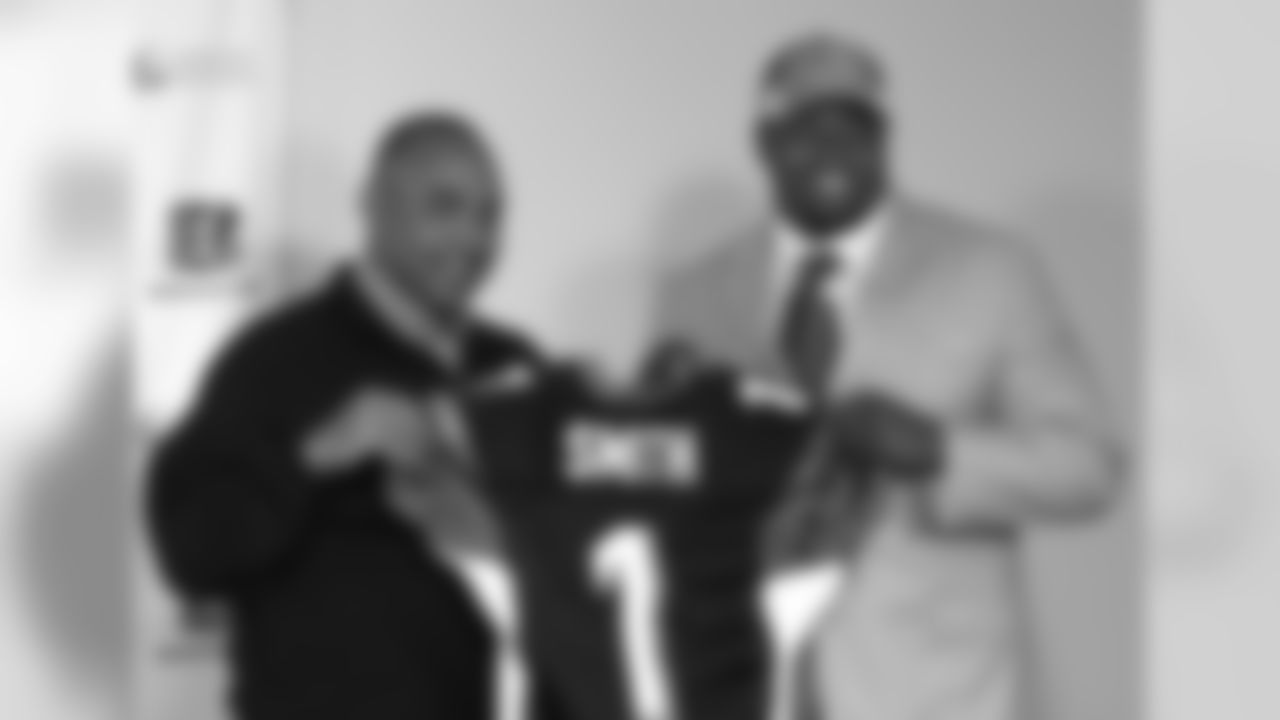
Andre Smith, OT, Alabama (Round 1, 6th overall)
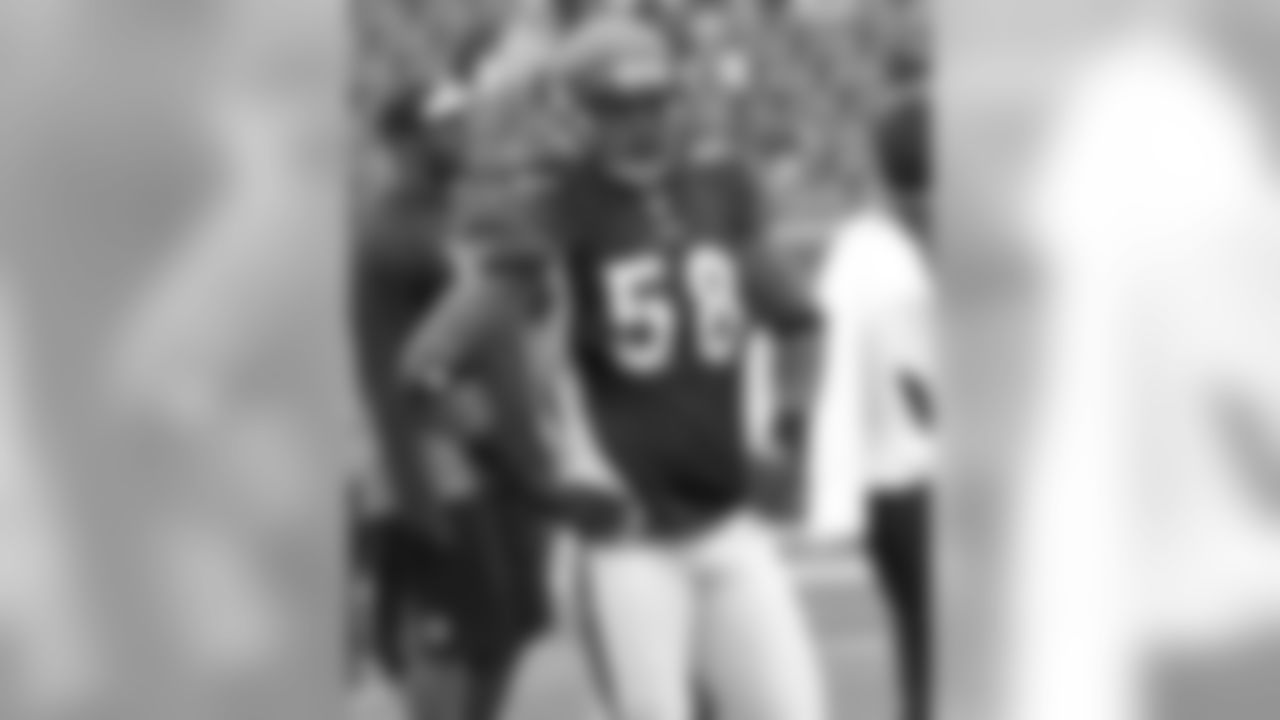
Rey Maualuga, LB, Southern California (Round 2, 46th overall)
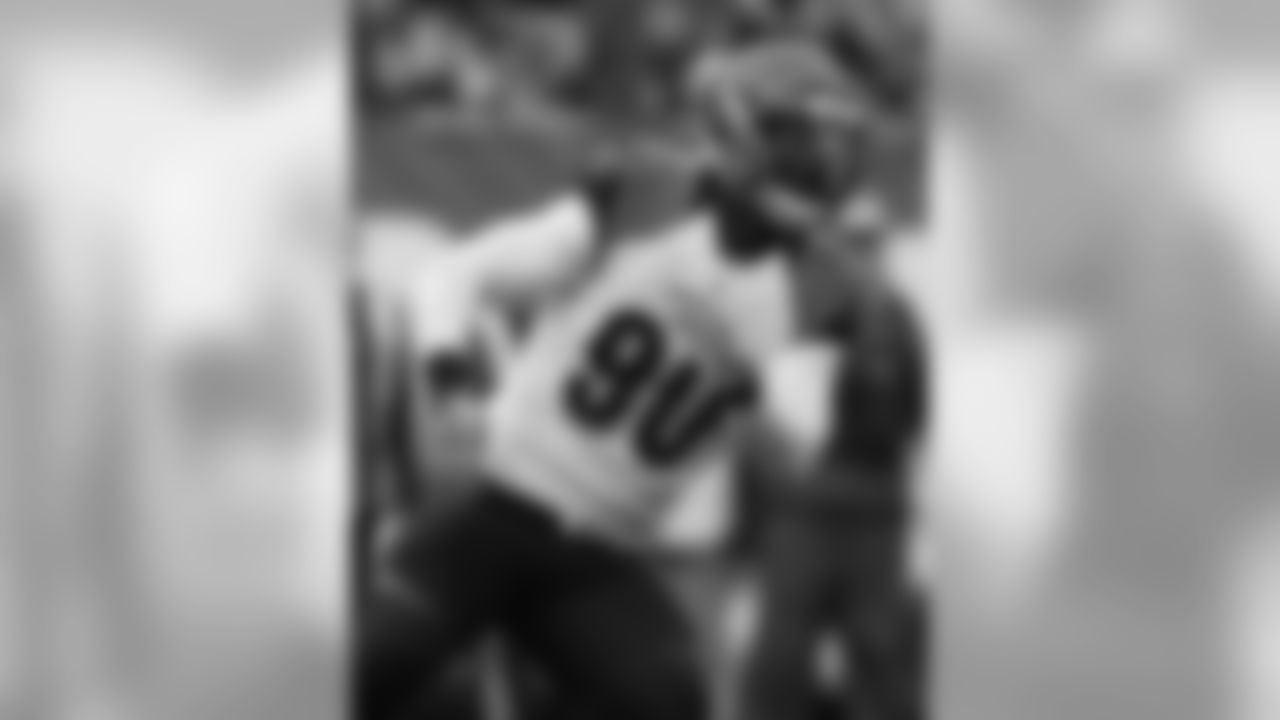
Michael Johnson, DE, Georgia Tech (Round 3, 70th overall)
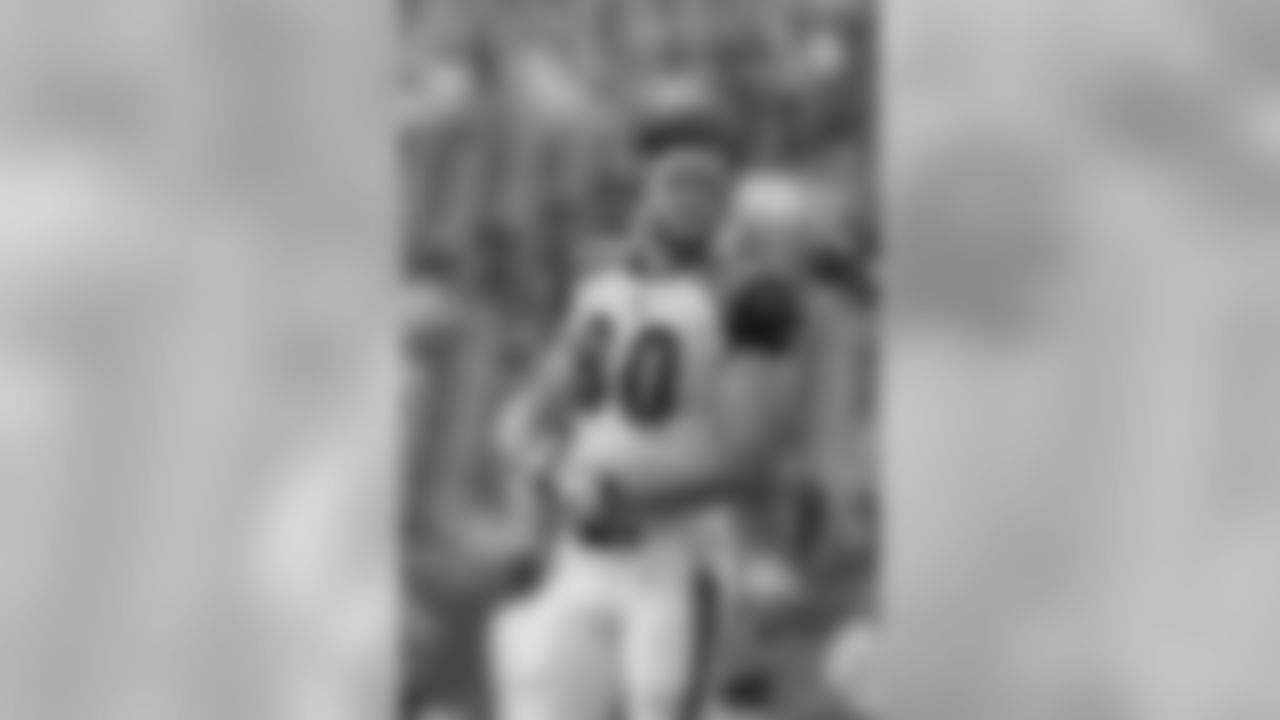
Chase Coffman, TE, Missouri (Round 3, 98th overall)
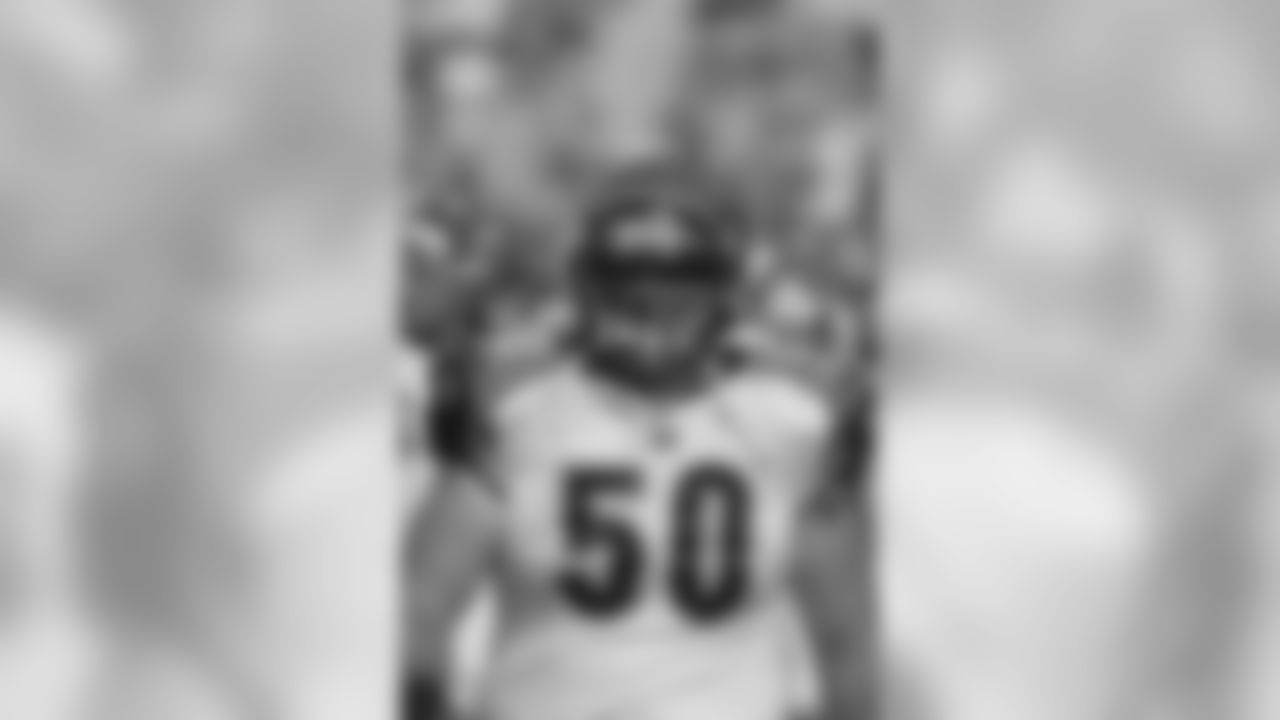
Jonathan Luigs, C, Arkansas (Round 4, 106th overall)
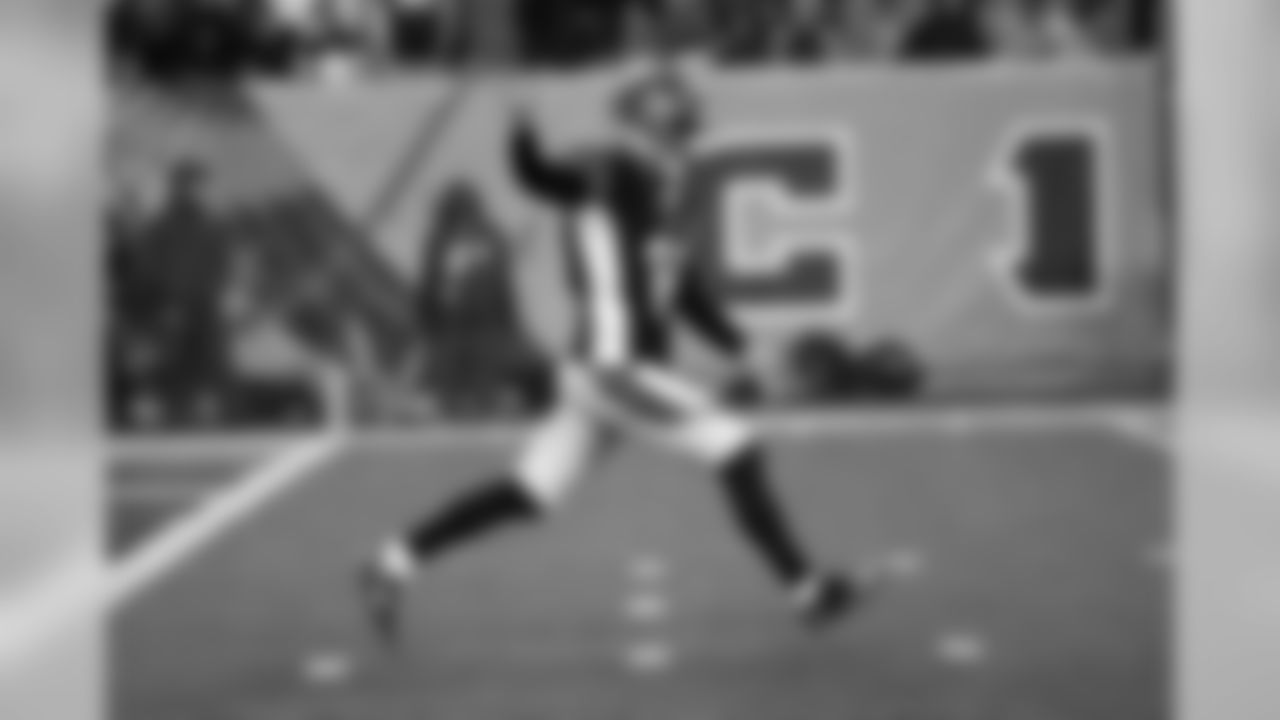
Kevin Huber, P, Cincinnati (Round 5, 142nd ovrerall)
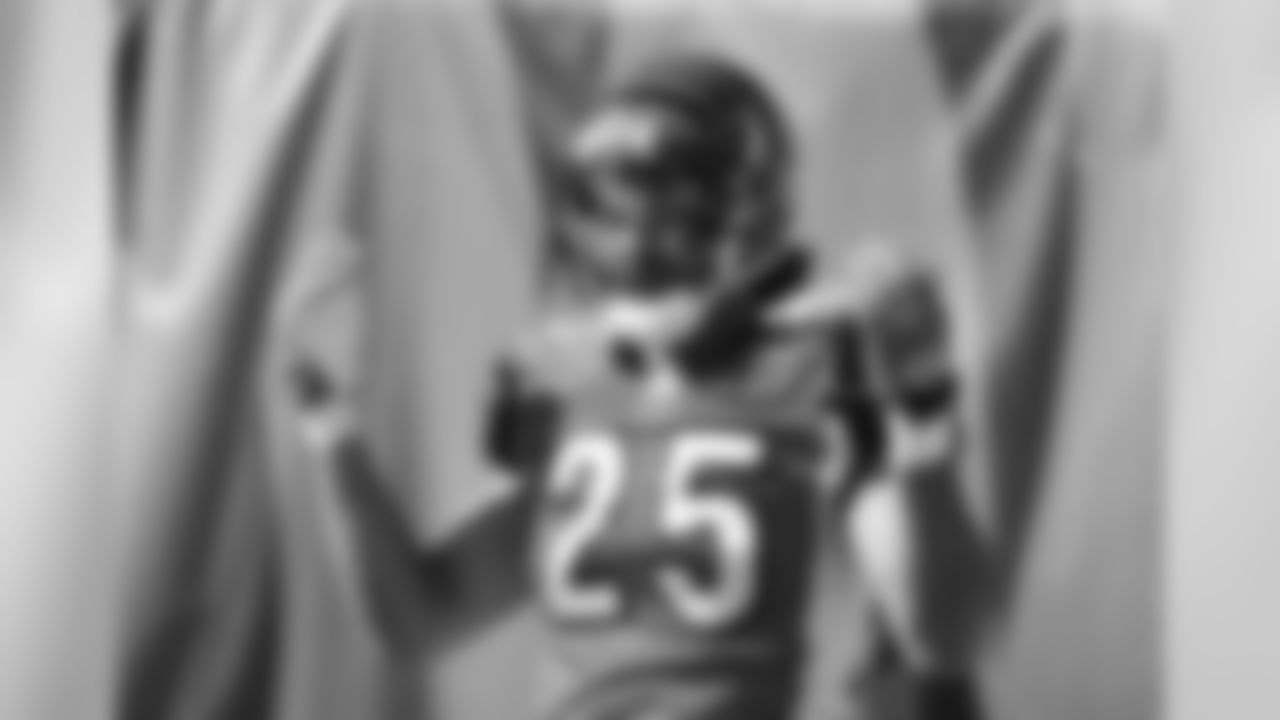
Trent Morgan, CB, Michigan (Round 6, 179th)
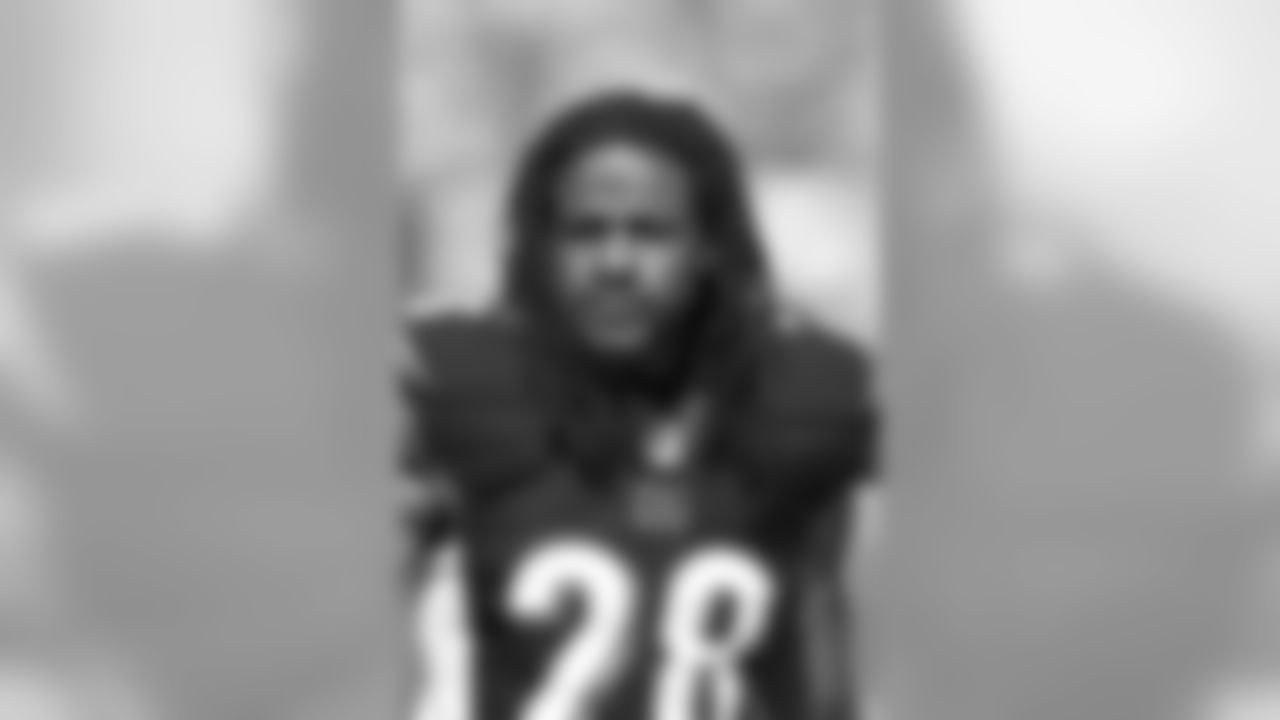
Bernard Scott, HB, Abilene Christian (Round 6, 209th overall)
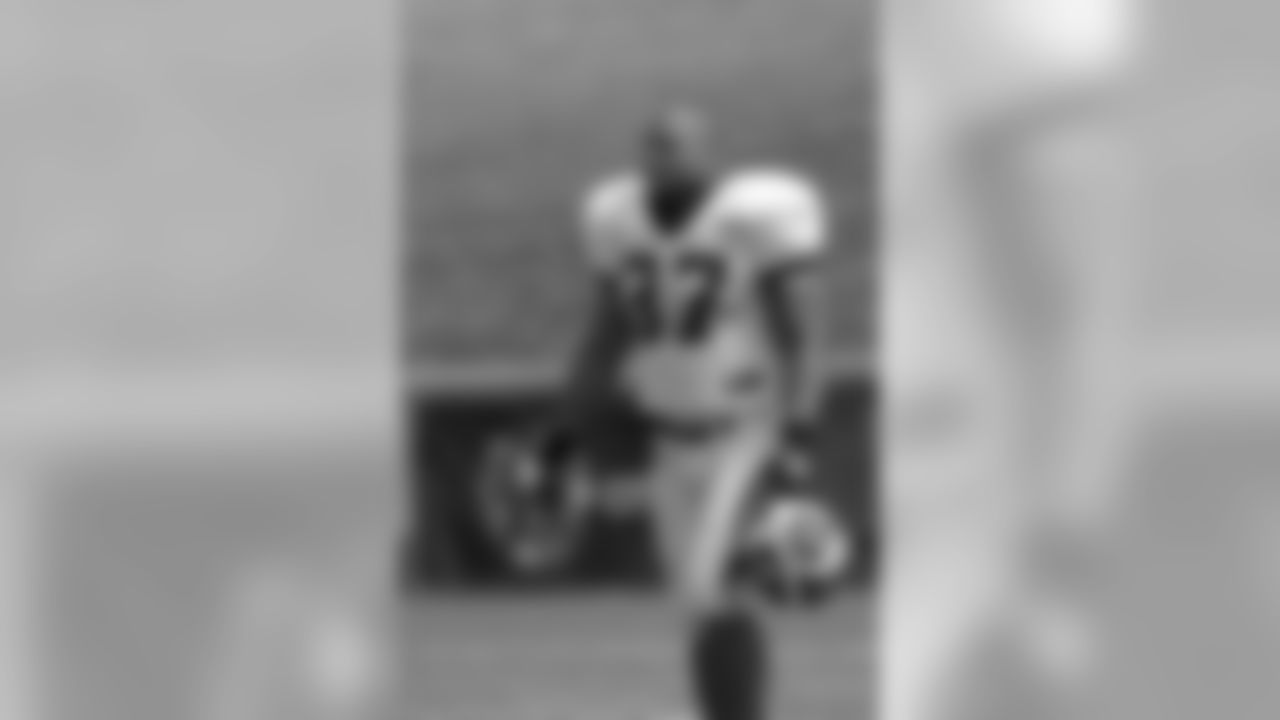
Fui Vakapuna, FB, Brigham Young (Round 7, 215th overall)
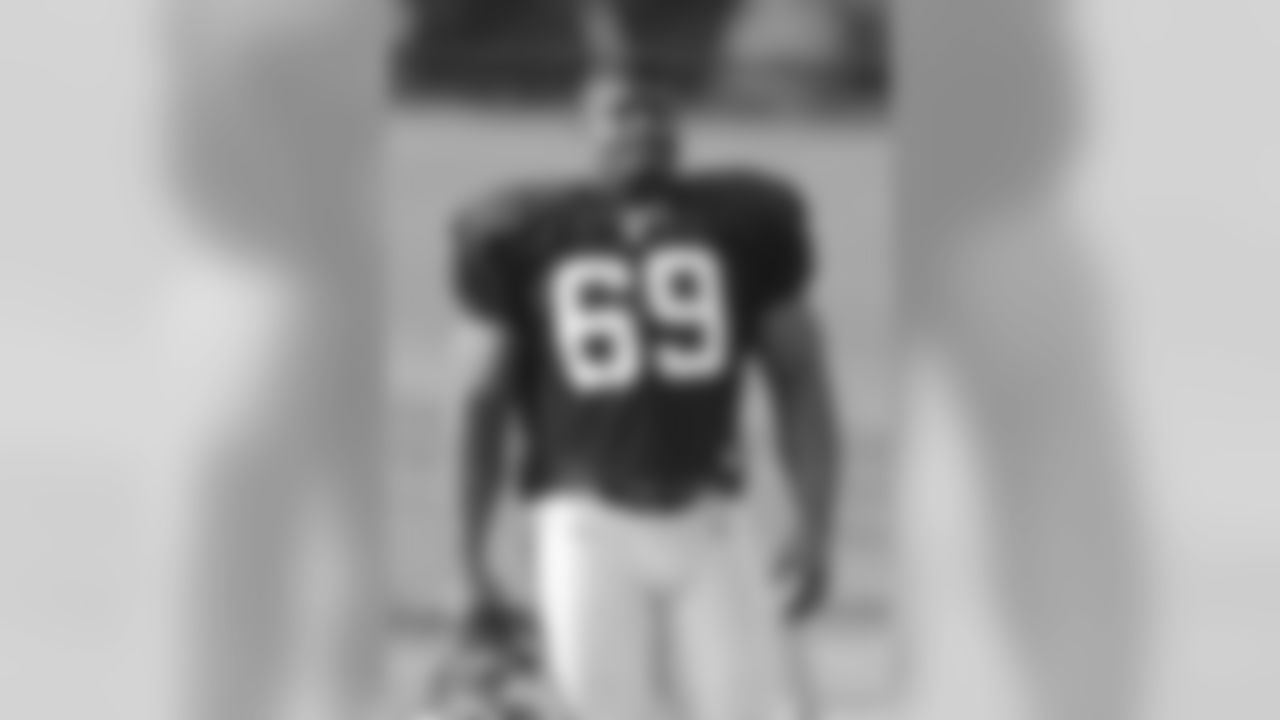
Clinton McDonald, DT. Memphis (Round 7, 249th)
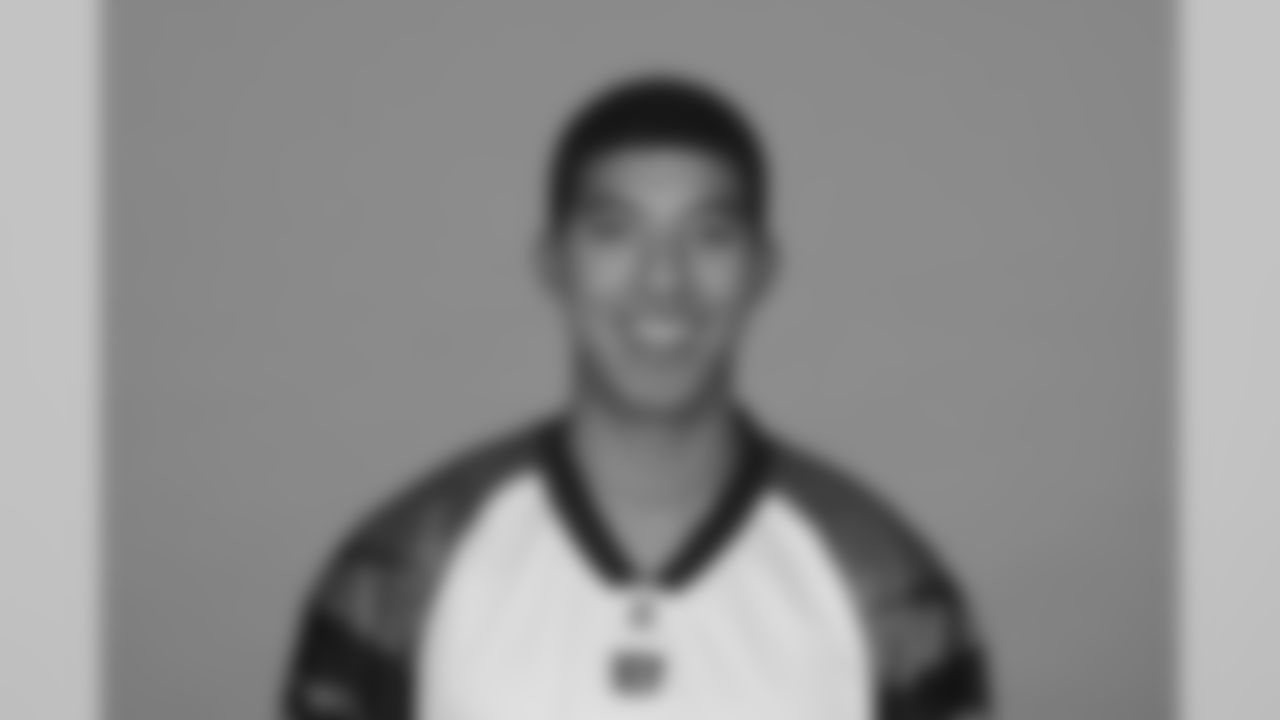
Freddie Brown, WR, Utah (Round 7, 252nd overall)
It helps if you break the ice with somebody you know and that's how the Bengals work it. If they want to initiate a trade with the Vikings or Washington about a trade next week, they'll probably hook up Lewis with his old coordinators, Minnesota head coach Mike Zimmer and Washington head coach Jay Gruden. No one has a bigger contact list in the league than Lewis.
Mike Brown has a solid relationship with Patriots head coach Bill Belichick, cemented by their dealings that dispatched Bengals all-time leading rusher Corey Dillon and Bengals all-time leading receiver Chad Johnson to New England for draft picks seven years apart. Most recently they talked in the 2012 first round when the Patriots were looking to get up to No. 21 and found a match with Brown, figuring they could still get Kevin Zeitler at No. 27 for an extra third-round pick.
If the Bengals want to talk to Denver, Tobin isn't going to call head honcho John Elway. There's another name that's bolded. Elway's right-hand man, Broncos director of player personnel Matt Russell. Russell just happens to be Tobin's old teammate at the University of Colorado, so that would be an easy call.
"It's a business of relationships," Tobin says. "When you know the person on the other end of the line it's a little easier to visualize and understand things from their side."
Tobin and Seattle general manager John Schneider go back a long way. They're the same age, both grew up in the Midwest, and they broke into the league scouting in the early to mid-1990s. Tobin shopped a sixth-rounder while Schneider wanted to keep pick 108. The deal didn't get done until after the Rams took a DB at No. 110 and Schneider shot Tobin a text confirming the deal.
At that point, Tobin and Schneider each called a number at the league office devoted to trades, where their information was quickly cross-checked and approved.
The Bengals got the better deal slightly, amassing 72 value chart points to Seattle's 60.8
Their best deal on the clock? Probably the one in '12 that netted a starting right guard in Zeitler and a solid back-up defensive tackle in Brandon Thompson with the 93rd pick. Value chart? Again, negligible. Bengals, 808-800.
How about a What-If greatest trade on the clock? You have to go with the 2004 deal with the Rams in the first round because of injury.
They traded down from No. 24 to No. 26 to take Michigan running back Chris Perry and picked up an extra fourth that turned into offensive tackle Stacy Andrews. Both showed great promise before injuries curtailed their careers. In value chart, Bengals, 749-740, but the running back the Rams chose, Steven Jackson, is still playing and has racked up 10,000 yards. They give you a phone number, not a crystal ball.
There have already been two trades in the first round this year involving the first two picks of the draft with the Rams and Eagles now going 1-2. But Tobin predicts that's it until it all begins.
"I doubt there are any more," Tobin says. "It's hard to talk about it at the beginning of the draft because you just don't know what's going to be available later on."
There'll be some new operators in the room this year. Veteran East Coast scout Greg Seamon helped out Tobin and Lewis making calls, so now that he's coaching the Cleveland tight ends Steve Radicevic and Mike Potts step in.
But as they found out last year, there's always more talking than action.
"By far," Tobin says. "You're more likely to get a no than a yes."
Take a look at the 2016 Bengals schedule in pictures.
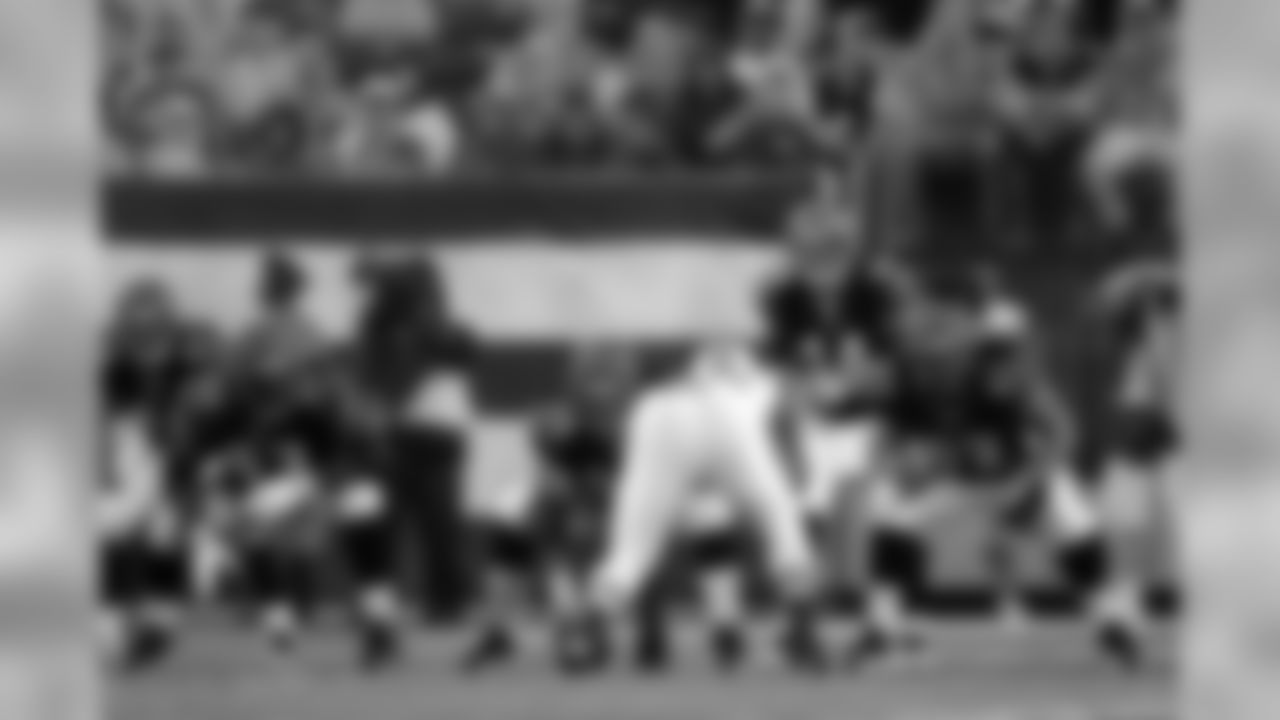
Week 1: 9/11 @ N.Y. Jets
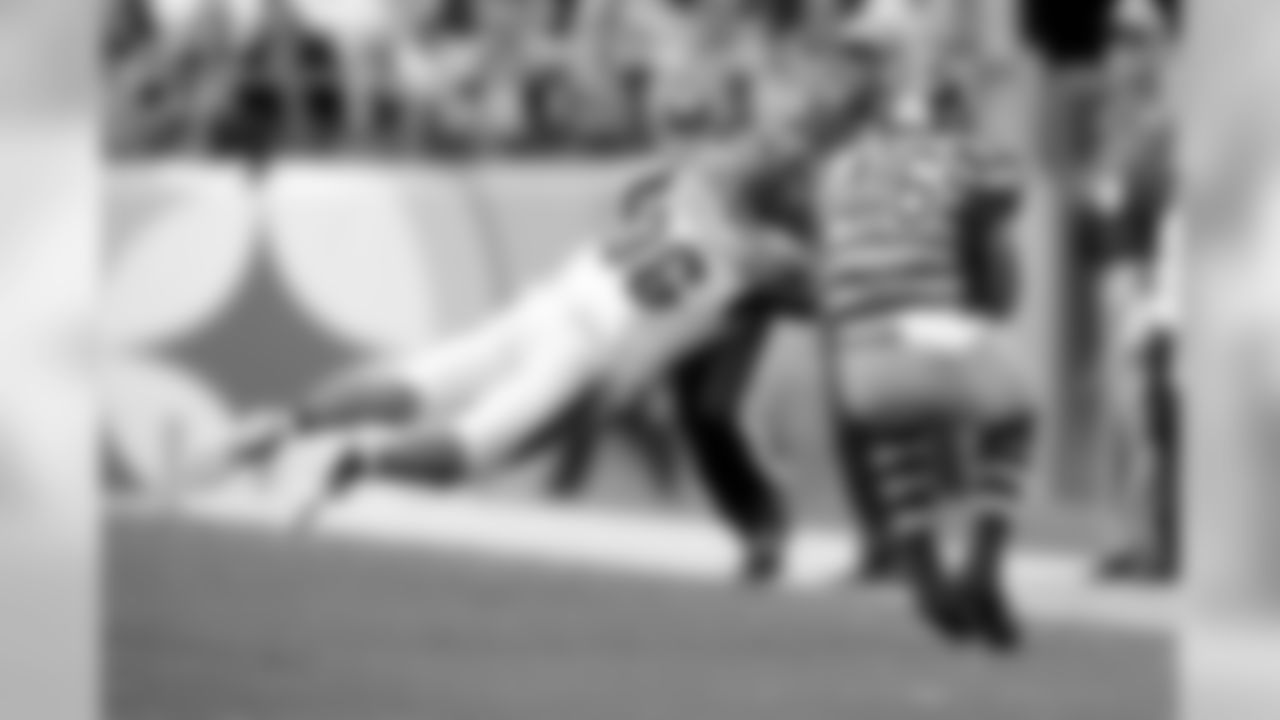
Week 2: 9/18 @ Pittsburgh

Week 3: 9/25 Denver
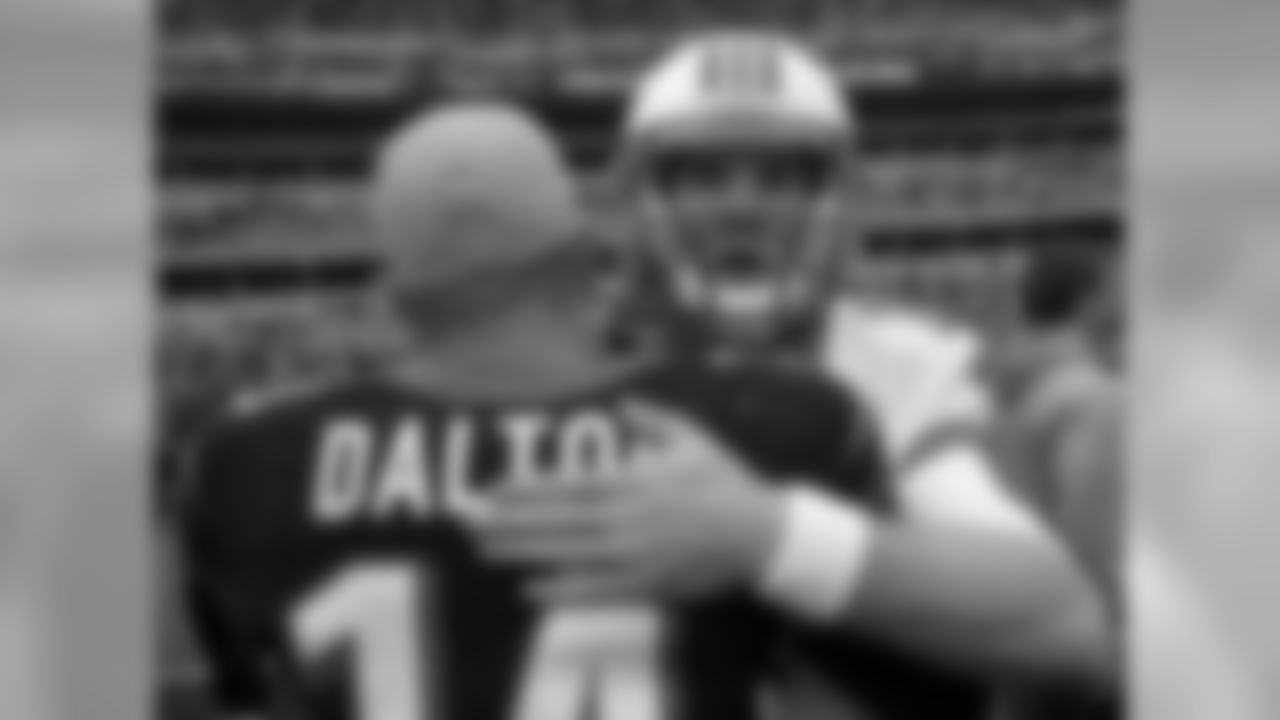
Week 4: 9/29 Miami
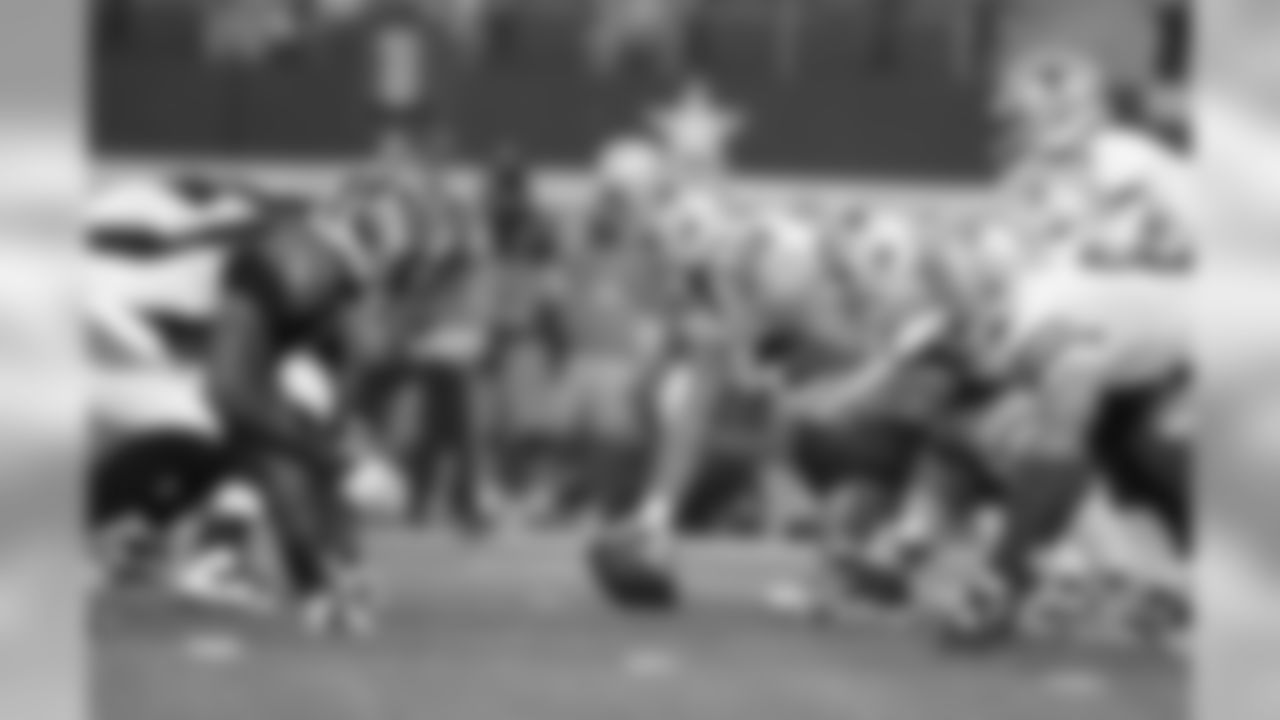
Week 5: 10/9 @ Dallas
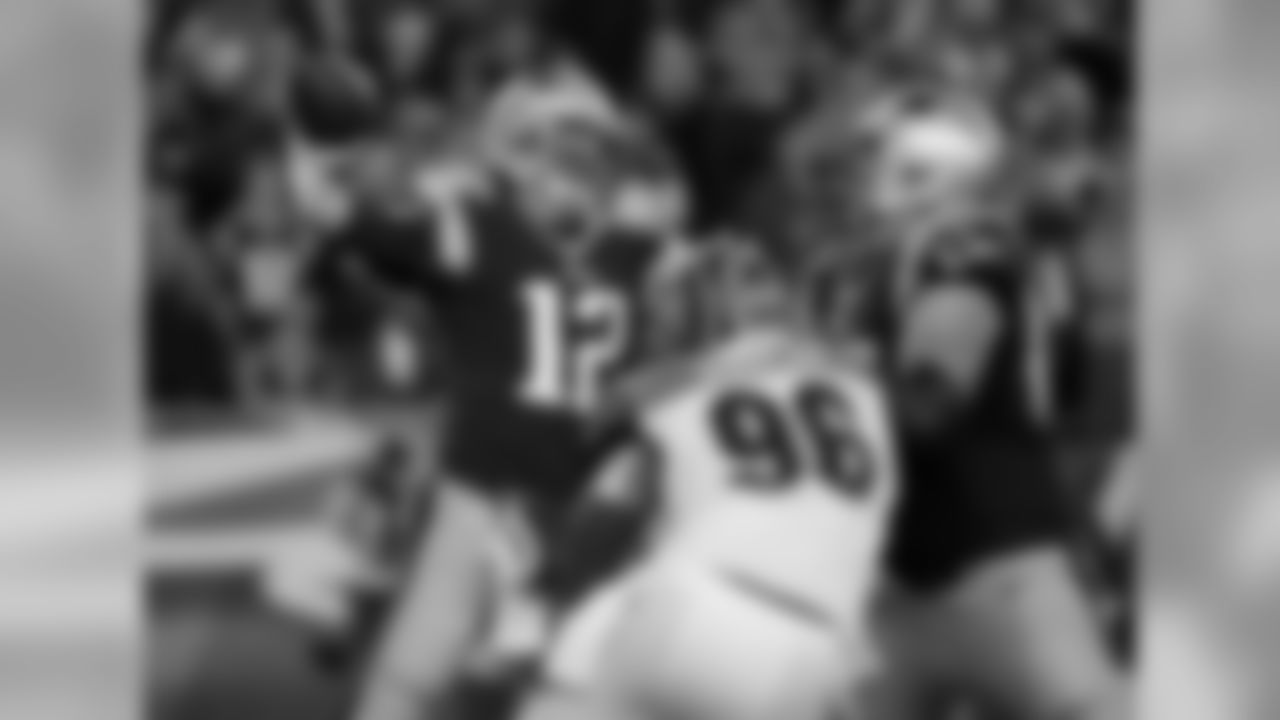
Week 6: 10/16 @ New England
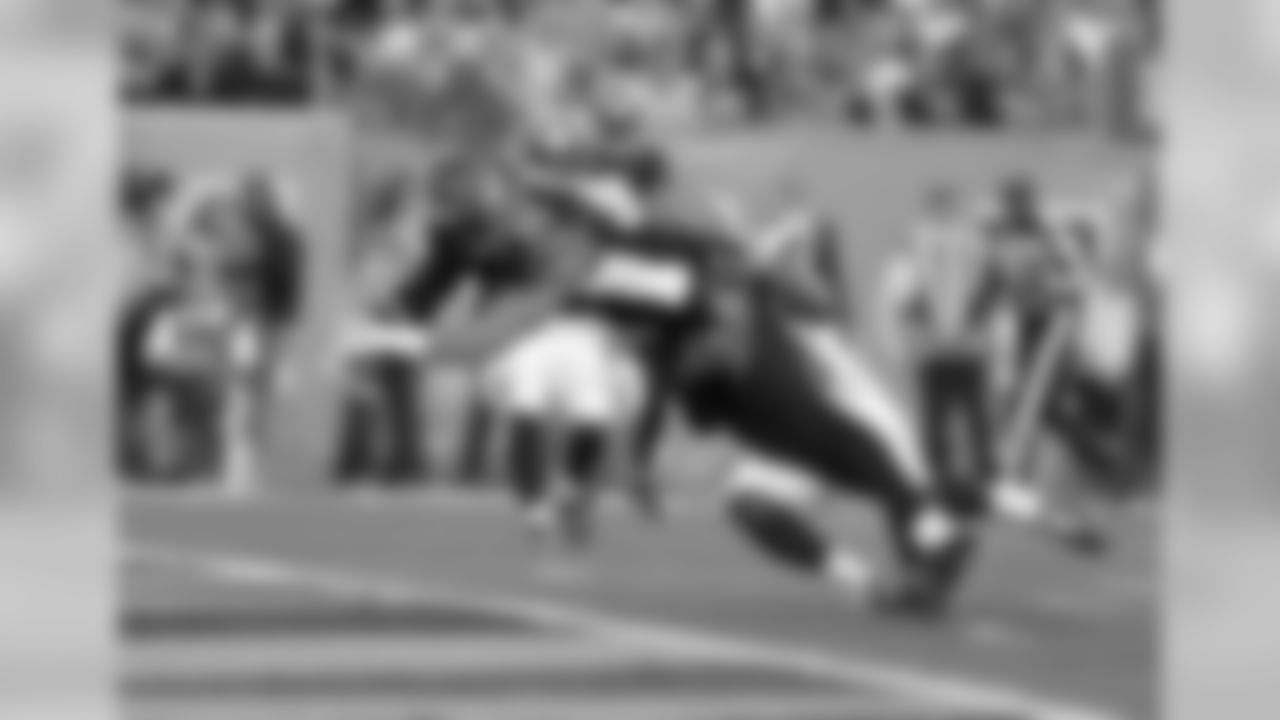
Week 7: 10/23 Cleveland

Week 8: 10/30 Washington (UK)Week 9: 11/6 BYE
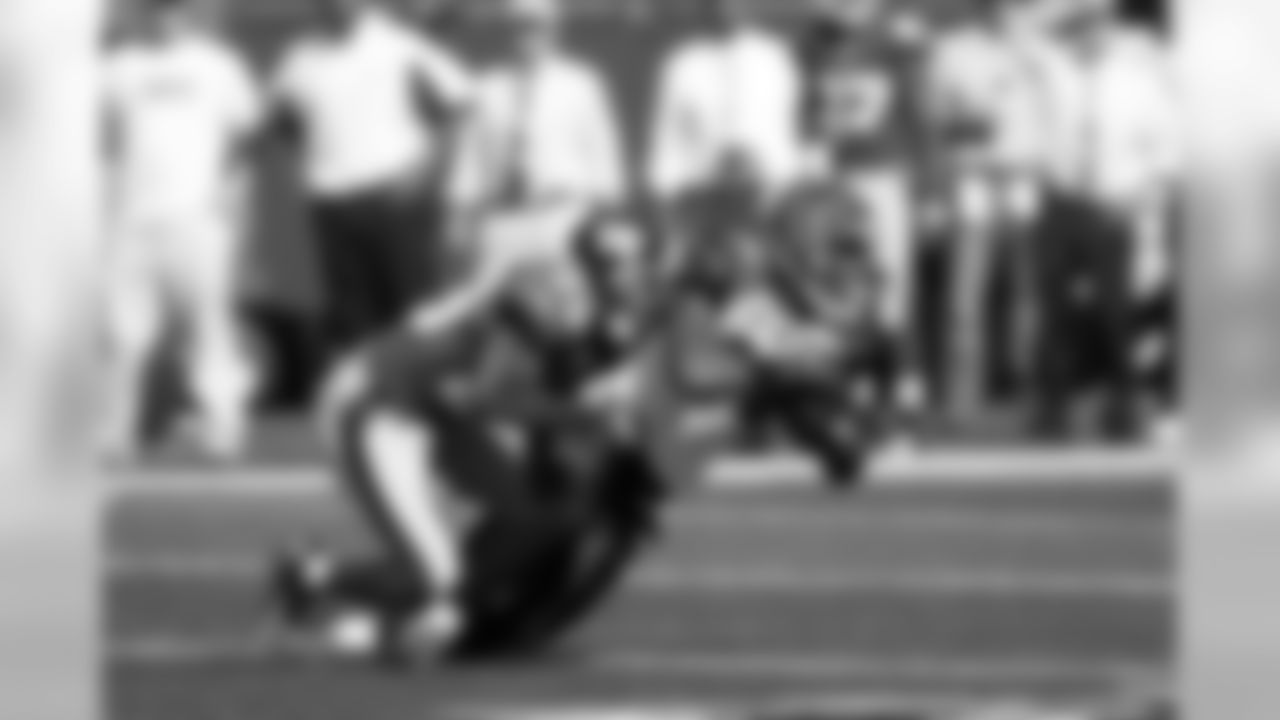
Week 10: 11/14 @ N.Y. Giants
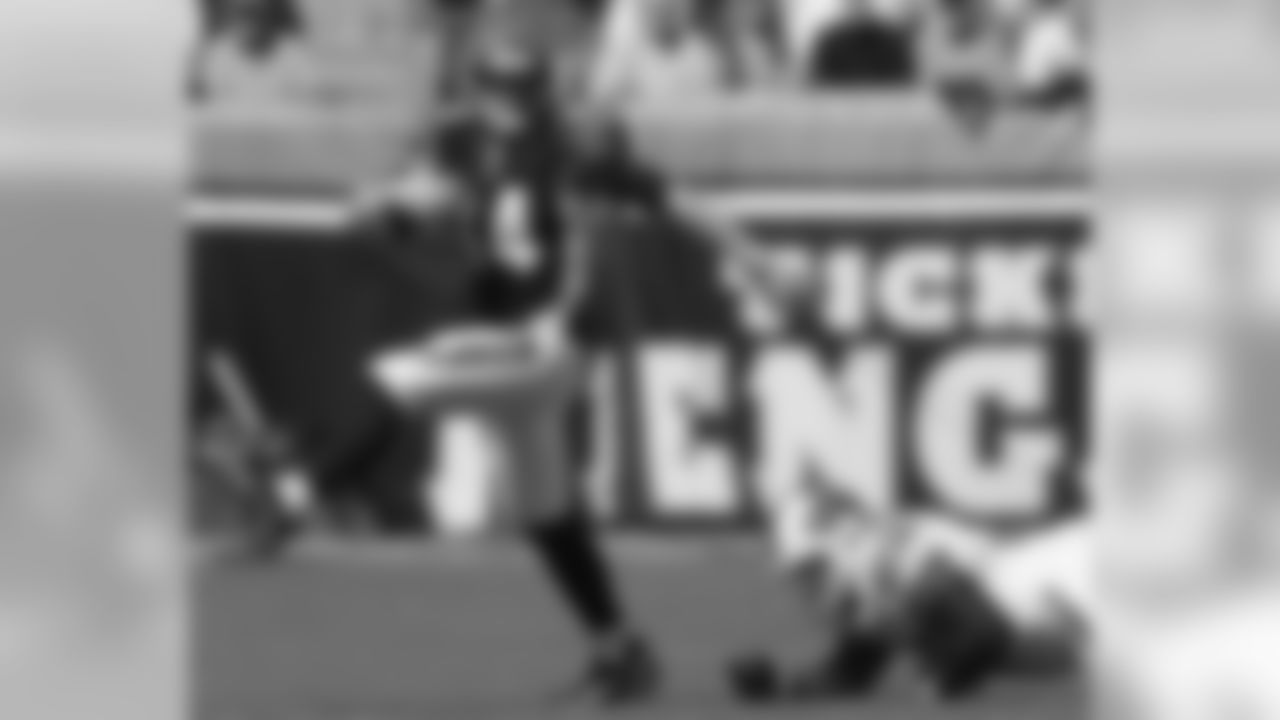
Week 11: 11/20 Buffalo
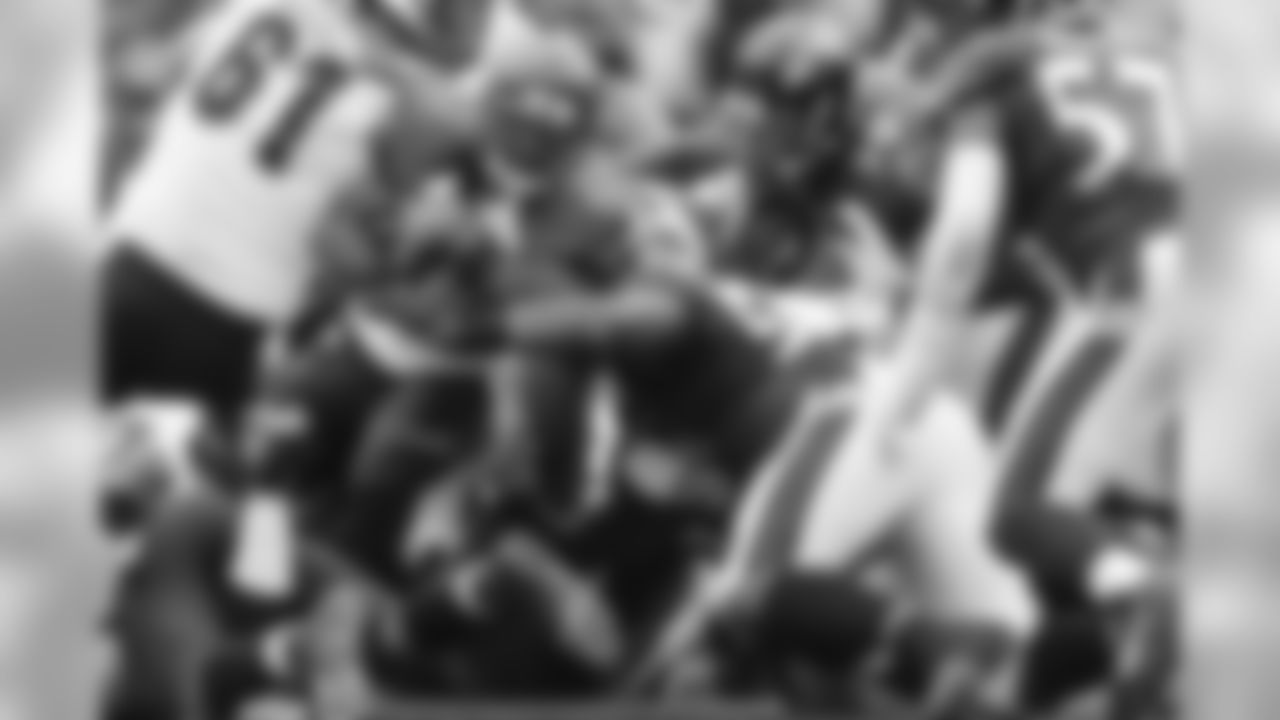
Week 12: 11/27 @ Baltimore
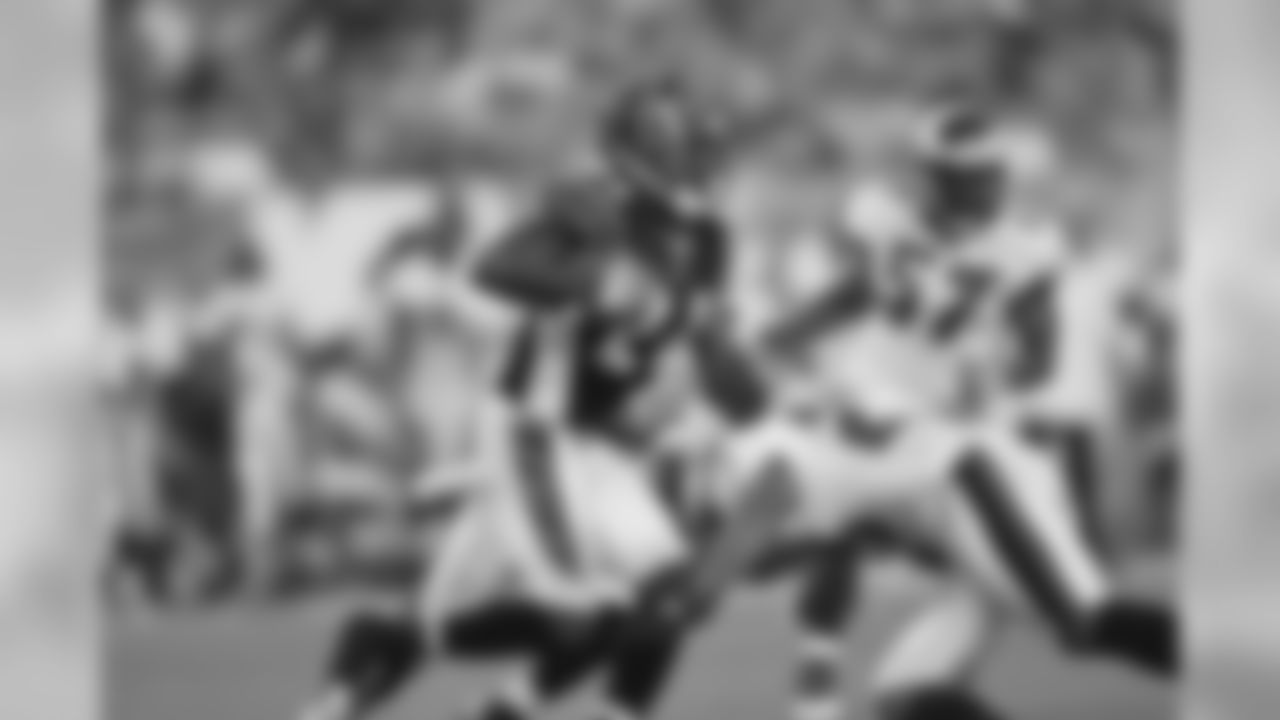
Week 13: 12/4 Philadelphia
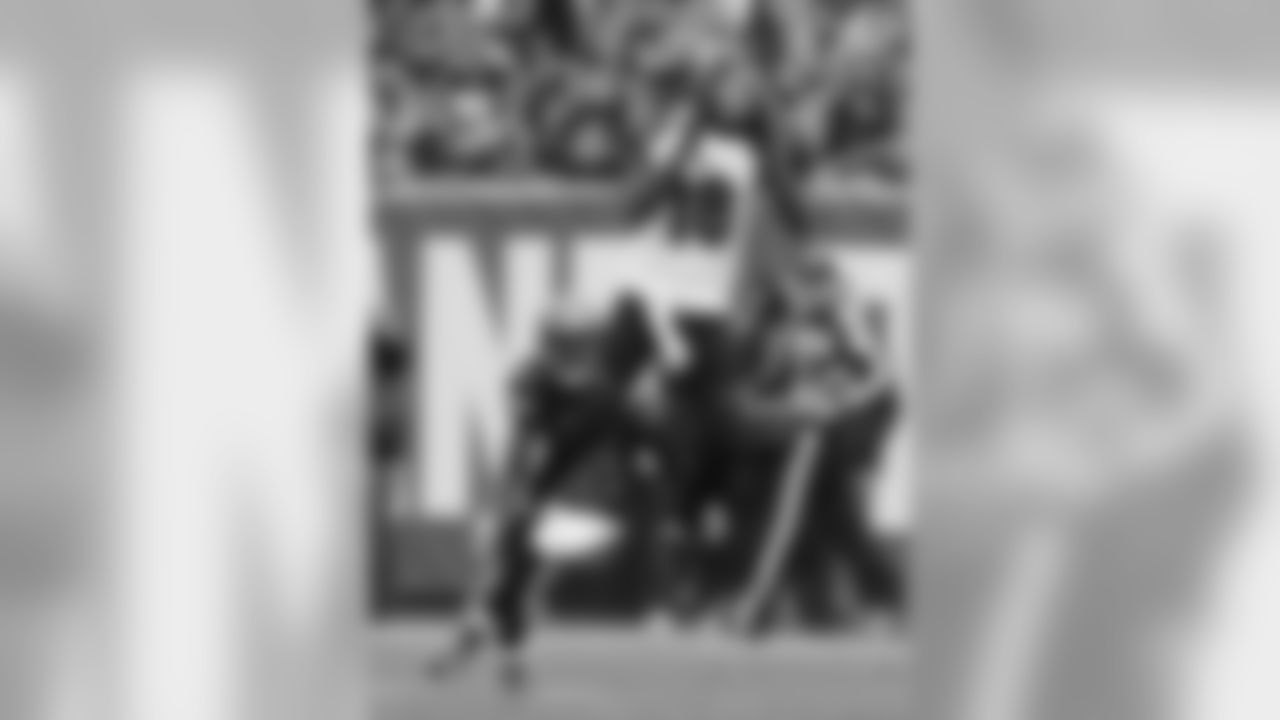
Week 14: 12/11 @ Cleveland
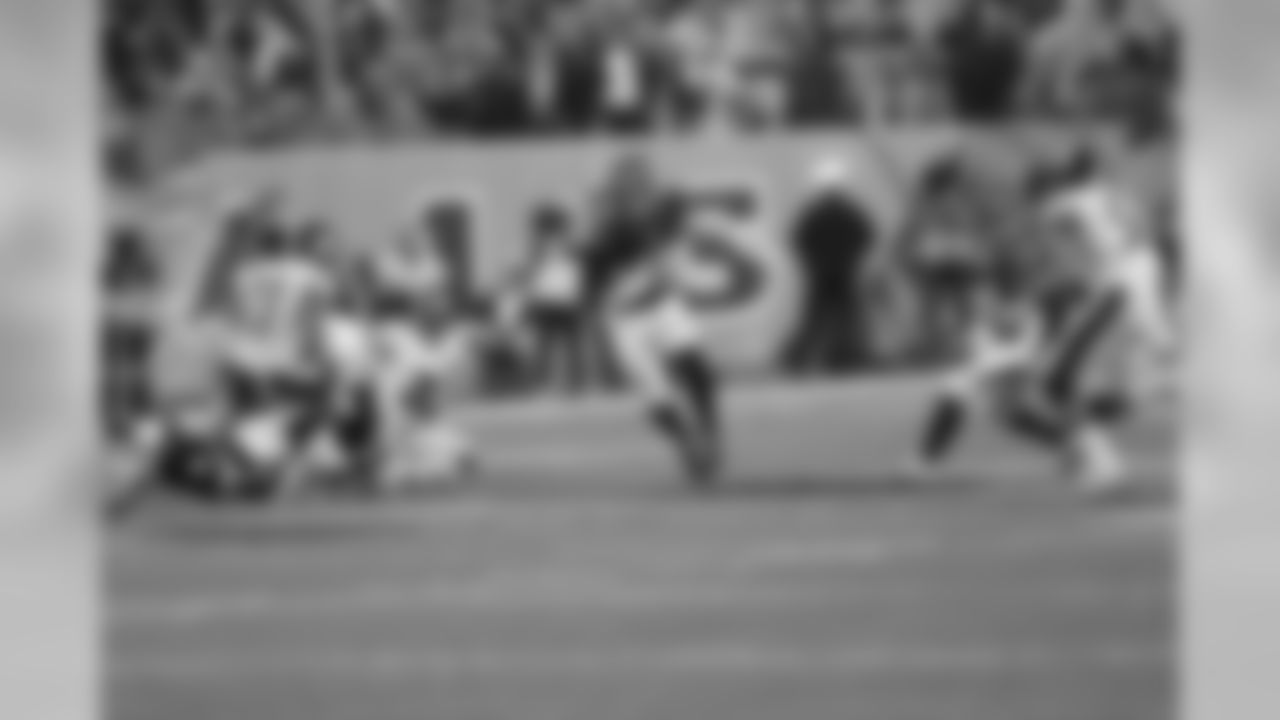
Week 15: 12/18 Pittsburgh
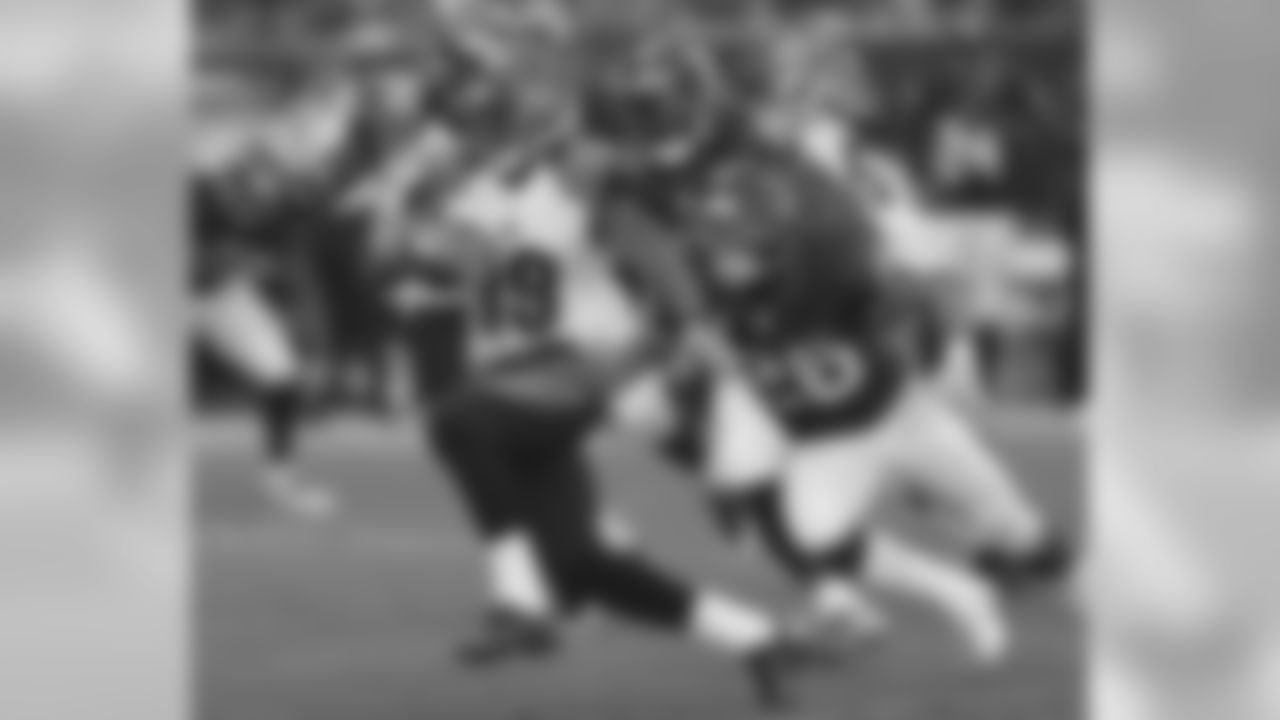
Week 16: 12/24 @ Houston
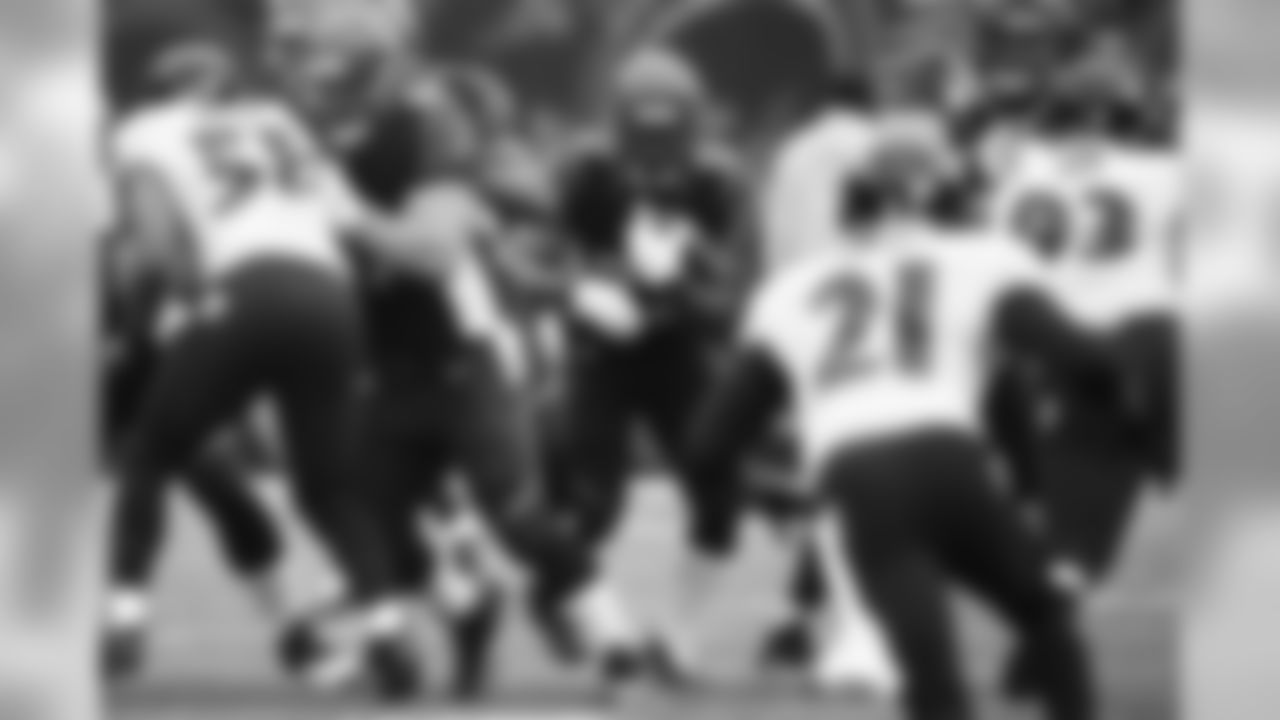
Week 17: 1/1 Baltimore
